A Good Place To End
The short film's narrative of fear ties landscape to character: "A Good Place To End" is a tale of orientation and disorientation. A teenage girl on a quest, a hunter trying to protect the area, and a woman sick of waiting, all wander their uncanny village, the surrounding countryside and the nearby dark forest. The three characters cross each other, but never really meet. Jozefien Van der Aelst's exploration of spatial narrativity delves into the interconnectedness of space and narrative. By intertwining the physical environment with the emotional landscapes of her characters, she orchestrates a symphony of sensory experiences that challenge our perception of storytelling itself.
Para: Wir Sind King
Dialogue & ADR Editor
2021; Warner TV, Amazon (Germany); Series 1; 6 x Episodes
Directed by Özgür Yildirim.
Winner of ‘Best Drama Series’ at Deutscher Fernsehpreis 2021.
Mein Opa, Karin und ich
Sound designer
2020; ZDF (Germany) Documentary; 90 mins; German
Directed by Moritz Springer.
Premiered at DOK.fest München (2020)
Directed by Moritz Springer
Sound design by Adrian Lo at K13 Studios Berlin
For viewers in Germany, this film is available on ZDF Mediathek until 2022 here: www.zdf.de/filme/das-kleine-fernsehspiel/mein-opa-karin-und-ich-100.html
Invisible to the Eye
Sound designer
2020; (Turkey); Documentary; 85 mins; Turkish
Directed by Zeynep Dadak.
Produced & directed by Zeynep Dadak
Sound design by Adrian Lo at K13 Studios Berlin
Inspired by Istanbul-born Armenian intellectual Eremya Celebi Komurciyan's travel diaries from the 17th century, Invisible to the Eye traces this particular itinerary in today’s Istanbul. As a cinematic travelogue in a contemporary Istanbul, the film explores Komurciyan’s farsighted relationship with the concepts of looking, seeing, and viewing. In his book titled History of Istanbul: Istanbul in the Seventeenth Century, Komurciyan talks to the reader as if he has a camera in hand. When we translate his ‘cinematic eye’ to a contemporary setting, there emerges an endless path on to the multifaceted visual history of this long-standing city.
Anaesthesia
Music | Single | Video | Remixes
Written, performed & produced by Adrian Lo.
Music video by Tian Macleod Ji, Nick Whitworth, & Adrian Lo.
Released on 30 June 2020 via SEEAHOLE on digital platforms.
Remixes by Andreas Vorwerk & Sadaharu Fukuoka.
Video by Nick Whitworth, Tian Macleod Ji, & Adrian Lo
Written, performed and produced by Adrian Lo
Cover art by Ann Chih
released on 30 June 2020
Adrian Lo/ SEEAHOLE
Excuse me? When is the next train?
Take me back to my first kiss
If I found it, would I return?
Why have we grown so far apart?
Take me back to my last love
If I found her, would I return?
I’ll go, I’ll go, I’ll go…
Put me under, put me under, put me under…
(That is the promise, and that is the unshakable destiny)
Remix by Andreas Vorwerk
Remix by Sadaharu Fukuoka
Living Heritage
Writer | Director | Producer
2020; Hong Kong; Documentary; 25 mins; ( +160 mins of Masterclass material); Cantonese
Commissioned by the Jockey Club ICH+ Program. Executive produced by Hong Kong Arts Centre.
Official selection at Ortigia Film Festival (Italy, 2020); On Art Film Festival (Poland, 2020); CortiSonanti Short Film Festival (Itlay, 2020)
Poster art by Stanley Chung
Living Heritage: A Triptych
(Full Version)
The Jockey Club ICH+ Programme presents
Funded by The Jockey Club Charities Trust
Co-organised by Lingnan University & Hong Kong Art School
Executive Producer: Hong Kong Arts Centre
Written, directed & produced by Adrian Lo
DOP & director: Man Ho
Music by Sadaharu Fukuoka; Edited by Yung Yuen-ting & Nick Liu;
Sound by Cyrus Tang, Momentai Organisation, Malte Eichhorst & Johann Grunewald
24 minutes 59 seconds
UHD 4K; Stereo; Cantonese dialogue with English subtitles; French, German, Italian, and Spanish subtitles also available upon request
From paper and bamboo to the needle and thread, the unique traditional Chinese handicrafts evoke the richness of Hong Kong’s cultural heritage, otherwise unknown to those who are only familiar with the city’s commerce and skyline. Adrian Lo’s enchanting documentary details the struggles in which traditional crafts attempt to remain both authentic and relevant at the same time; “the cheongsam will always remain, but its sewing technique will vanish,” says renowned tailor Fung Yau-choi.
As beautiful and delicate as the artworks themselves, LIVING HERITAGE is a documentary about artistic perfection interwoven with a profound sense of community, warmth, and most of all, wisdom.
Gallery
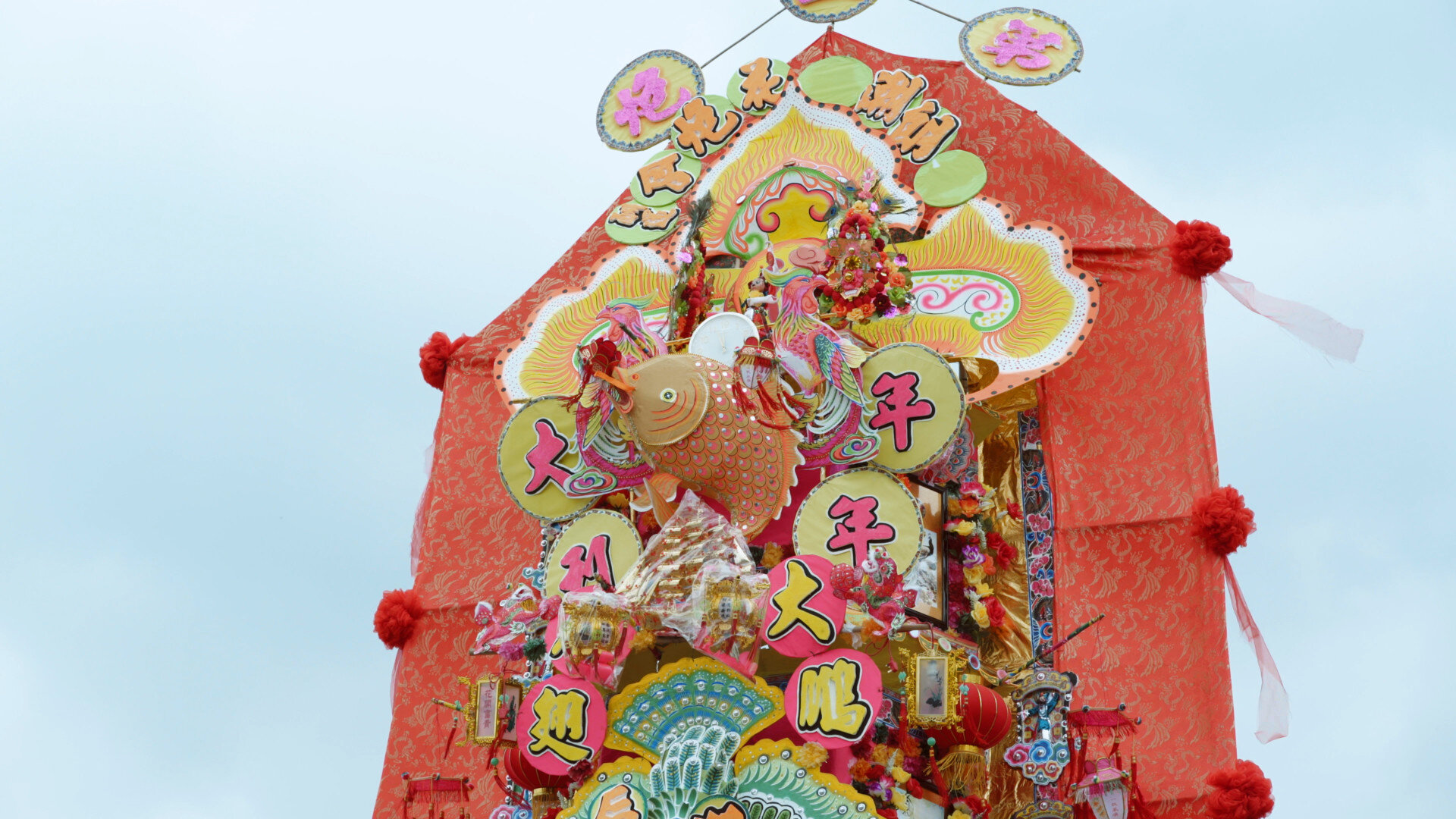
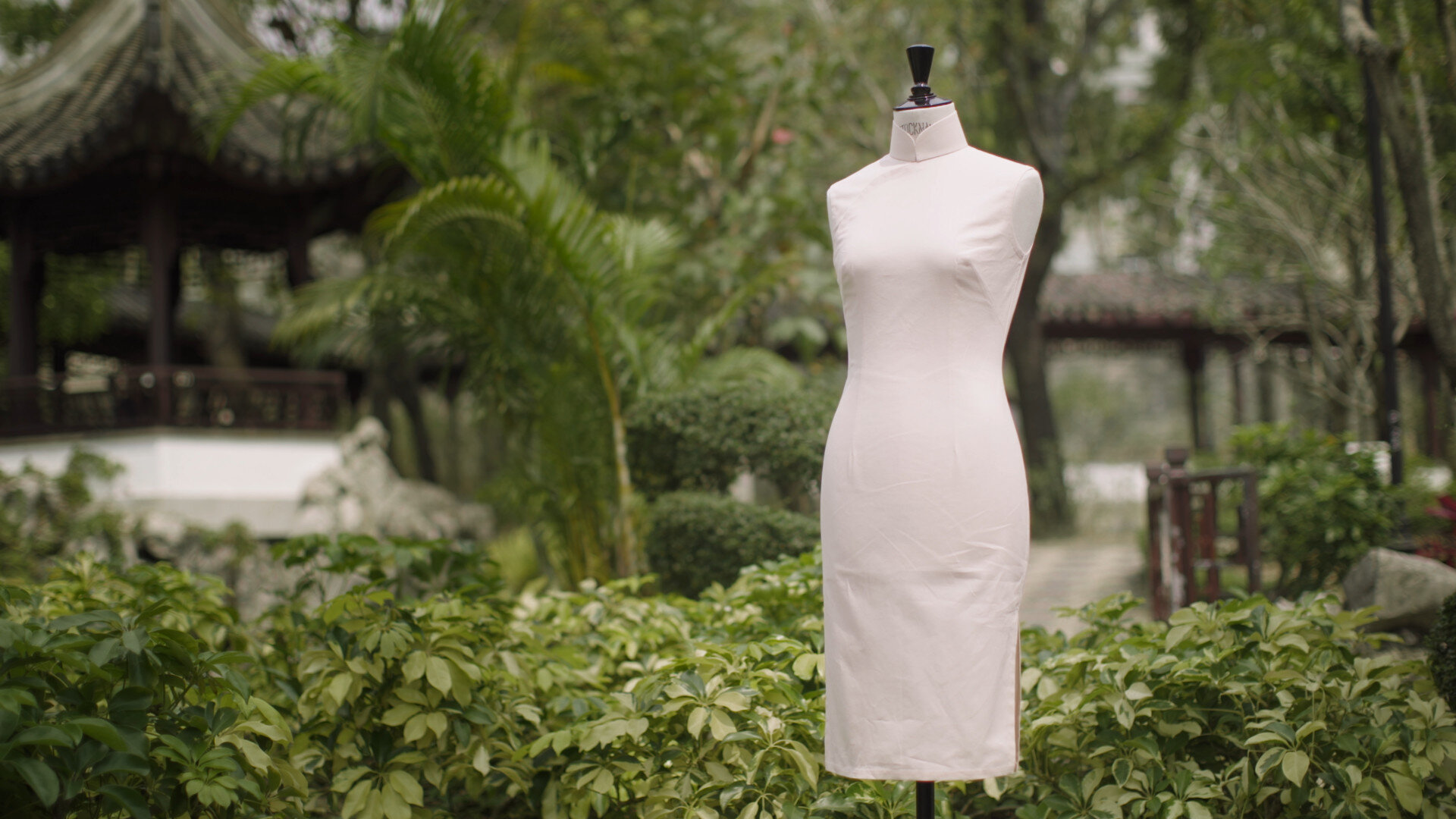
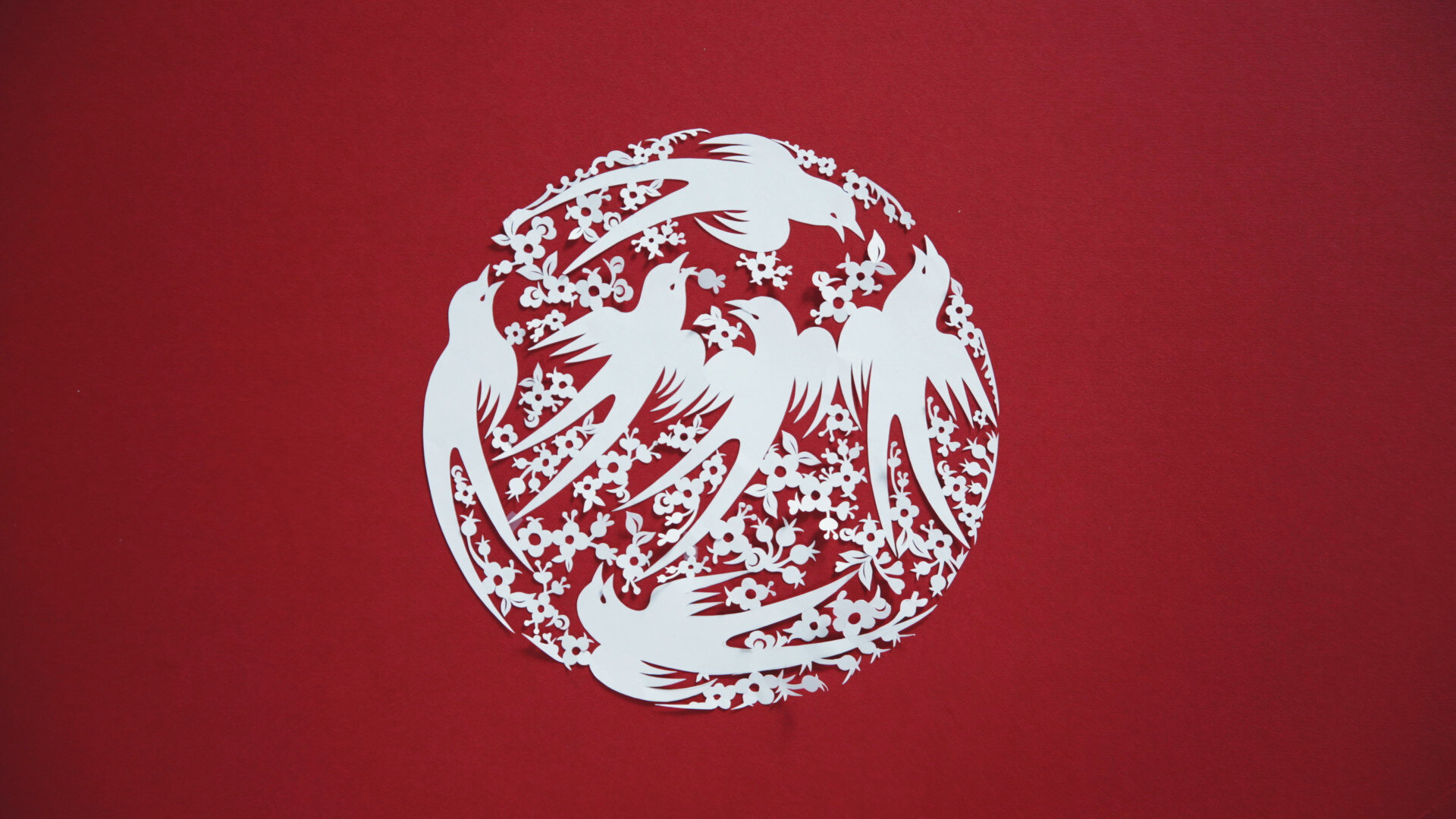
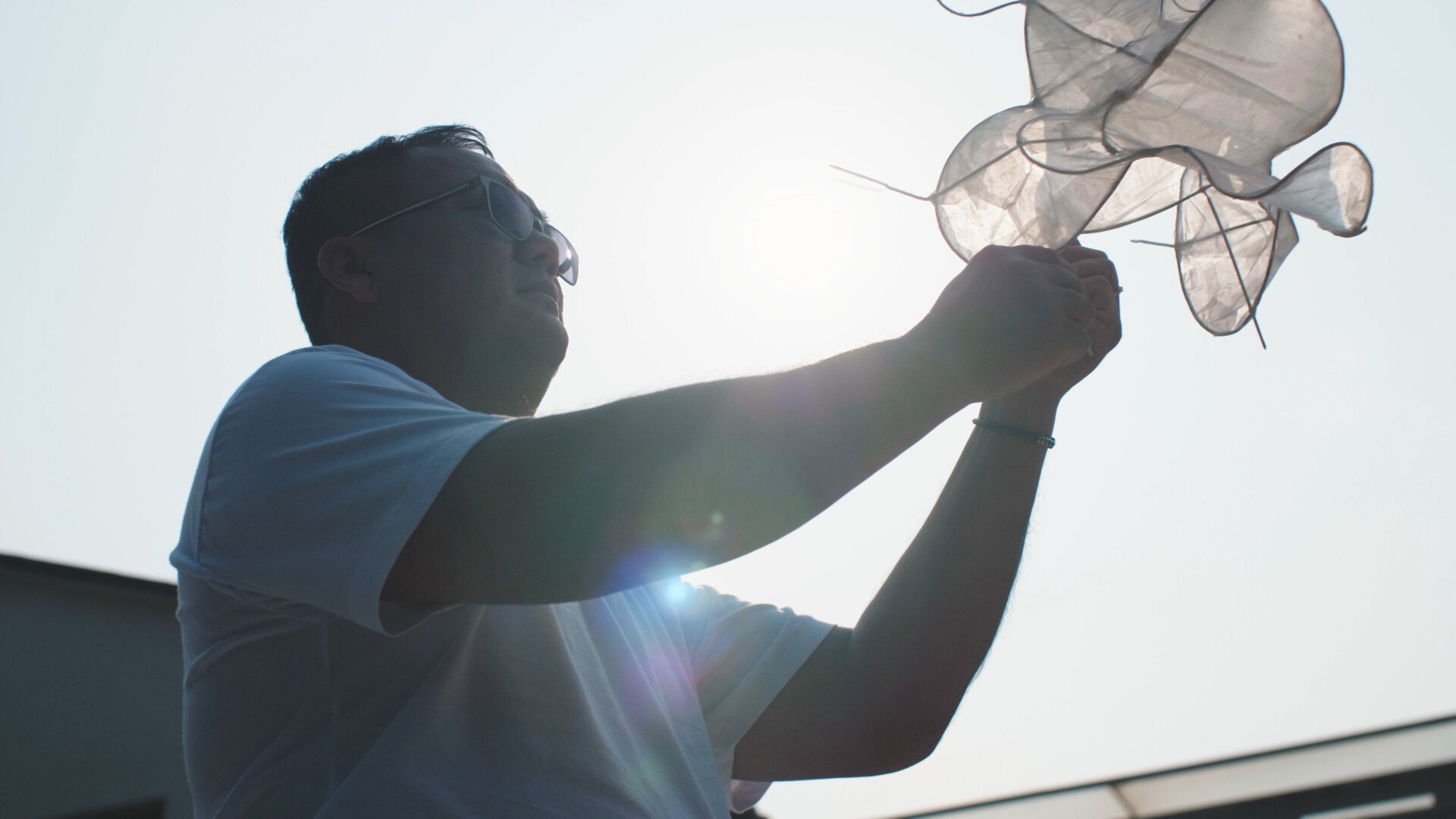
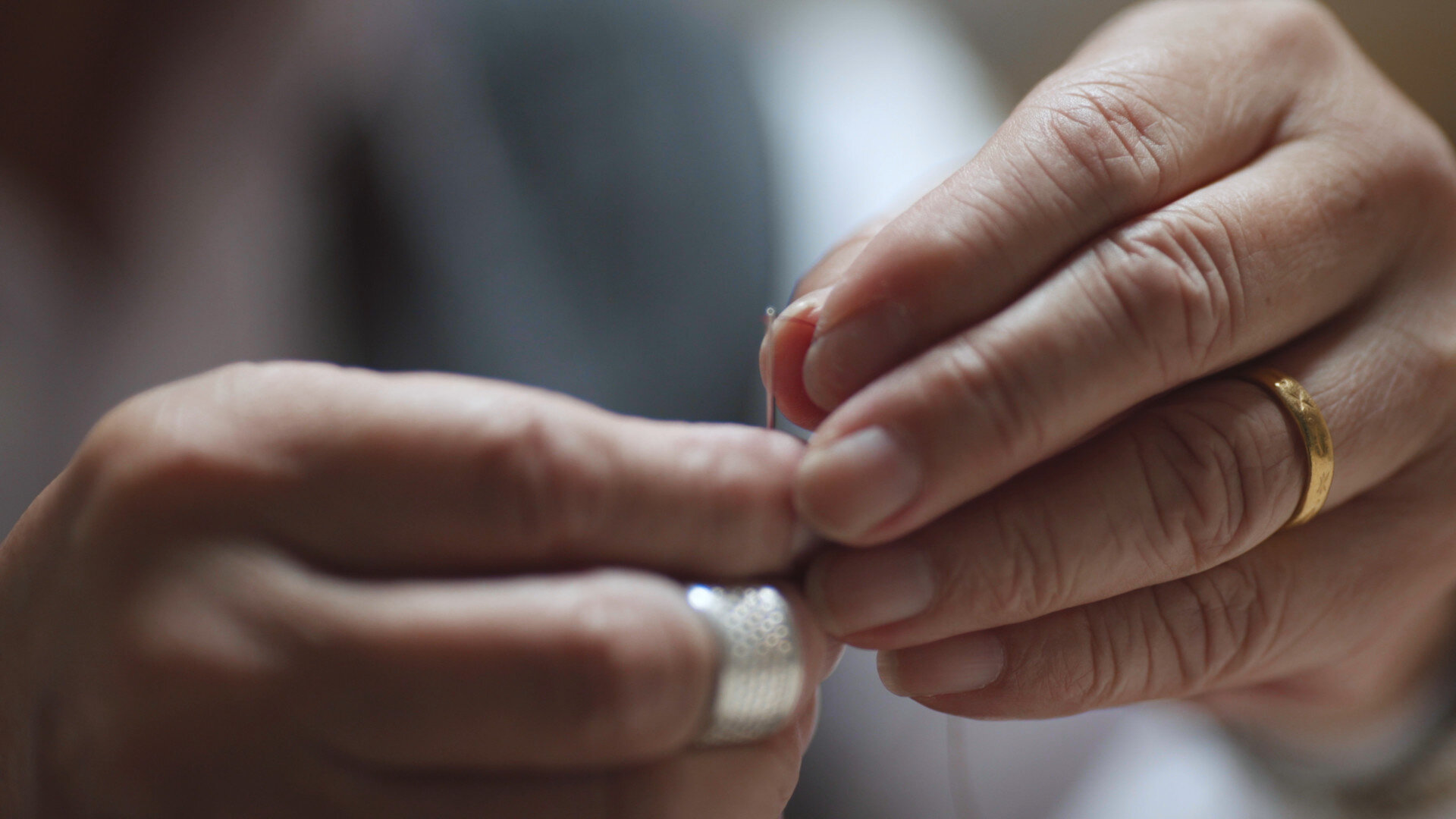

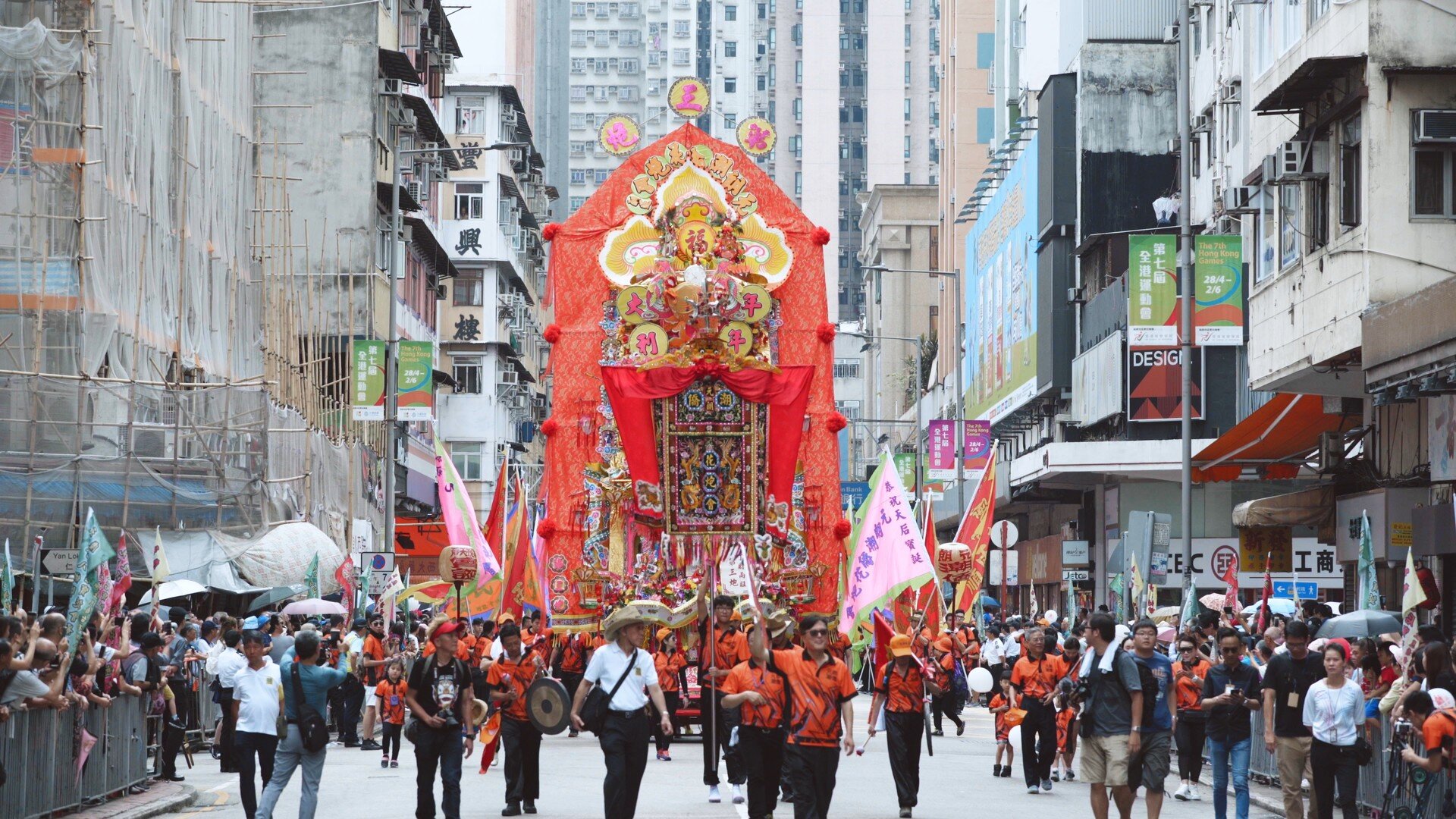


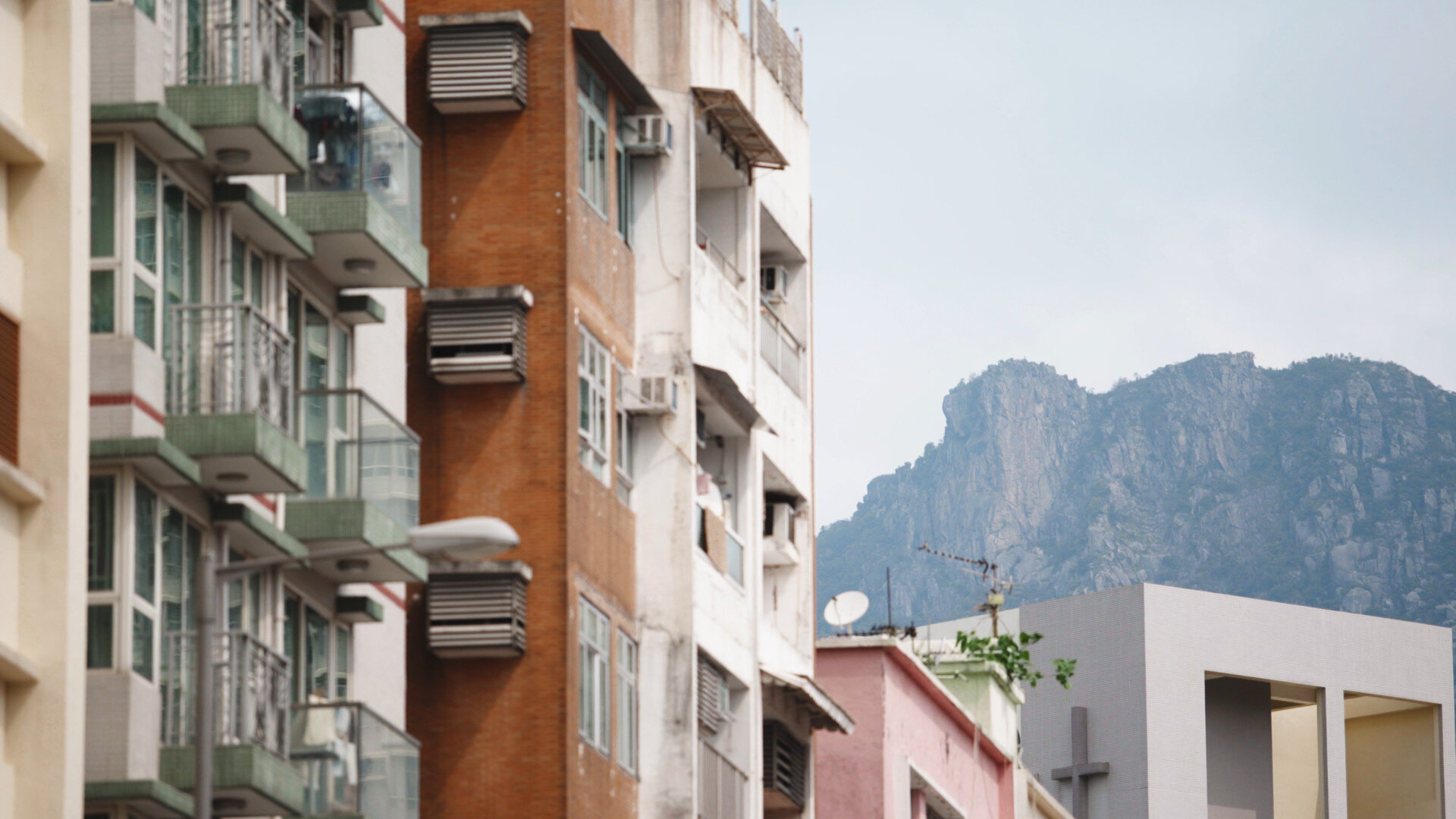

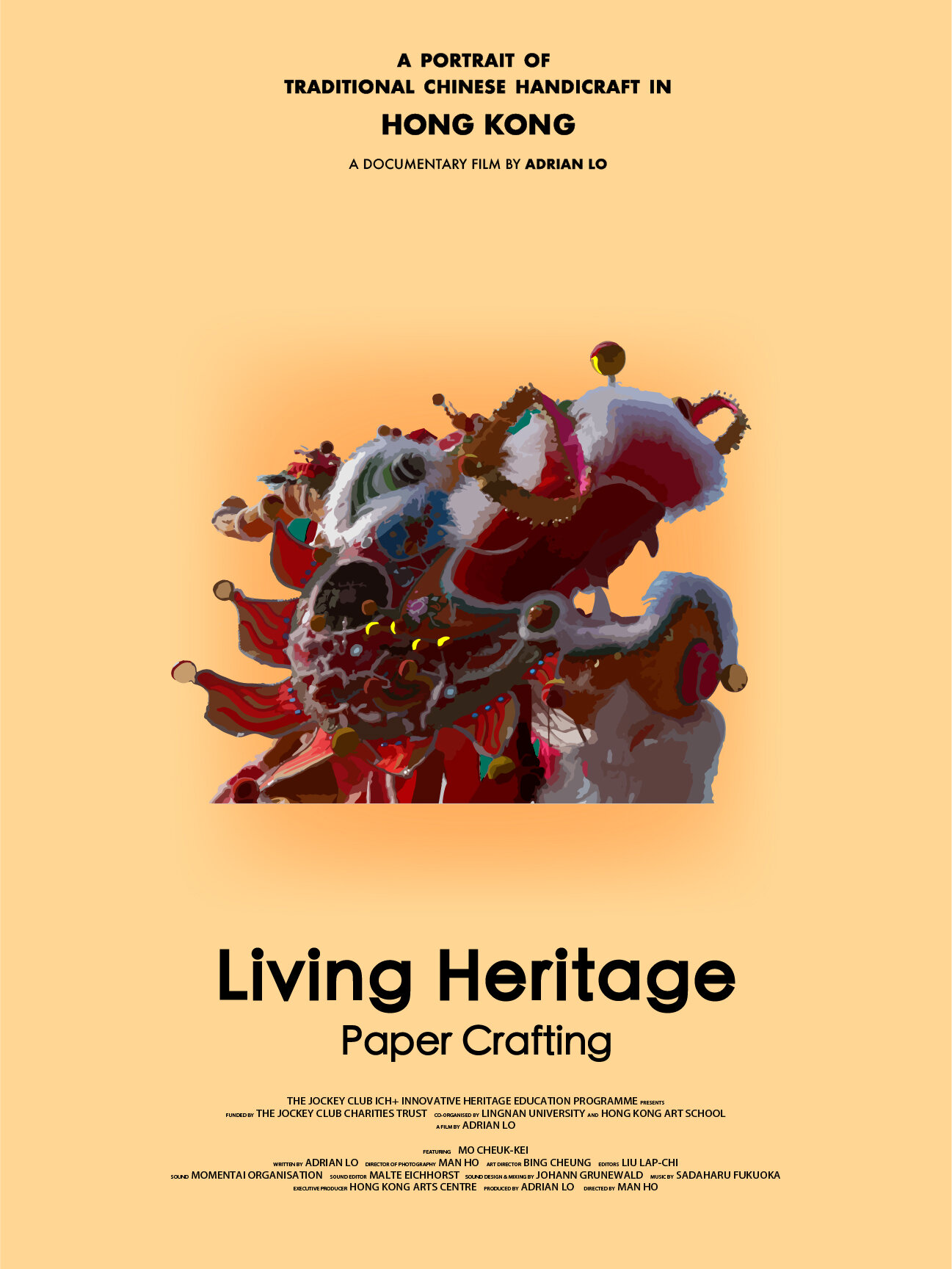
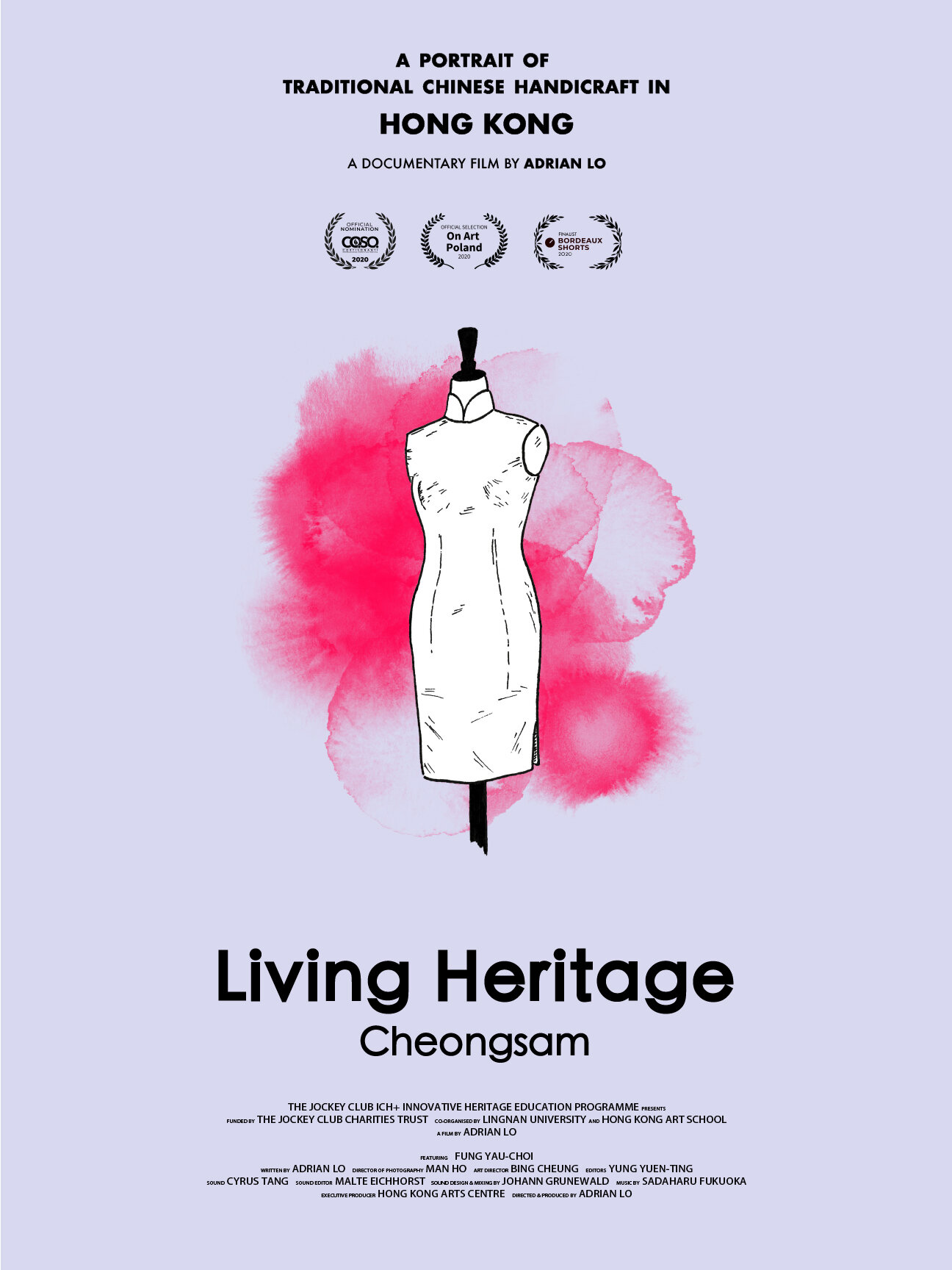
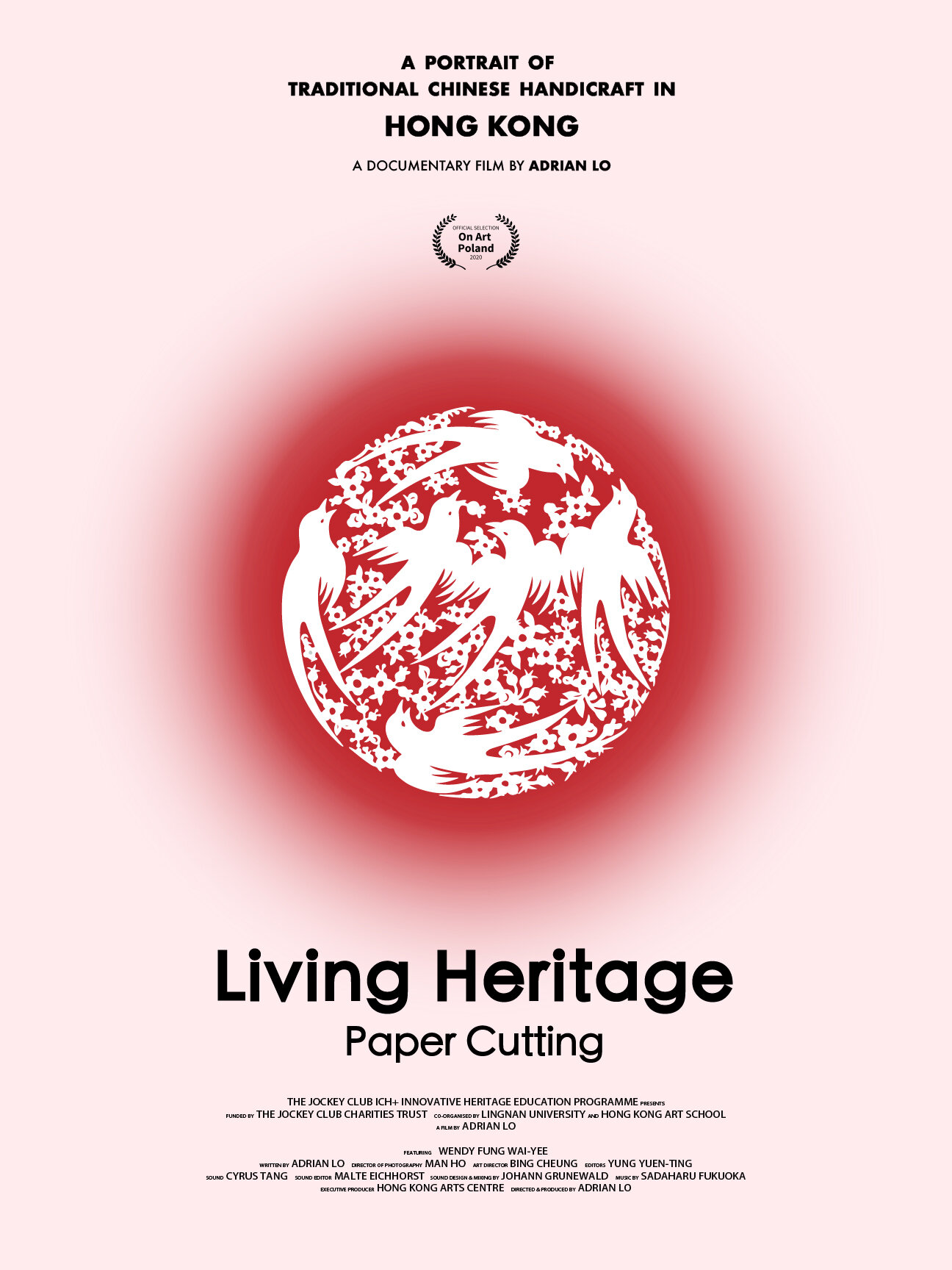
Director’s statement
People don't often associate heritage with the urban metropolis, but Hong Kong is a megacity blessed with Chinese cultural heritage. Hong Kong's colonial past meant that it was a vital safe-haven for many traditional Chinese arts and crafts, which would have otherwise been lost during the political turmoil and cultural upheaval in mainland China.
LIVING HERITAGE documents three traditional Chinese handicrafts in Hong Kong by pursuing the same elegance and beauty in its music and moving images as the artworks we encounter. The story is told by the artists themselves. In a way, because so much of what they talk about is how their urban surroundings and their art are inter-connected, it can also be seen as a film about Hong Kong culture and society as told through its rich heritage.
Given the context of a society battling for its own identity and political future, my proposal is that we temporarily strip out the slogans and fiery images we are fed in news-media, and instead, zoom in on those lesser known characters. You may be surprised that, in fact, many similar themes can still be found, manifesting themselves in the spirit of creativity and the dedication in craft.
What makes the triptych format tick for me is how each artist bring their own personality and character to their craft. Mr. Mo is a personality that really embodies his art and is also one of few people I’ve had the privilege of meeting who effortlessly bridges together the man, his art and above all, his community. Wendy Fung, on the other hand, only discovered paper cutting as a hobby after her retirement from teaching. And yet, it's become such an important part of her life because she's able to discover more contemporary relevance in a traditional art than what most of us are aware of. But perhaps the most interesting question about heritage occurred to me while filming Mr. Fung.
Because Mr. Fung lives and works in Kowloon City, his walk to work somewhat serendipitously traverses the cheongsam and the Lion Rock, both of which are powerful symbols of Hong Kong identity in their own ways. None of this was planned as with most things in documentaries but it also triggered an essential question that is central to this film: What is the meaning of cultural heritage? Is it the preservation of its authenticity or is it the longevity of its relevance? We can celebrate something for all the beauty and nostalgia it evokes but if we fetishise its image without understanding its essence, could we end up losing it altogether?
Cities are by nature places that restlessly and unforgivingly transform themselves. The language of cities tend to emphasise the role that its richest, its leaders, and its planners play. But I think there is a case to be made for the modest artists as the city’s more transformative member. This is because often only they can display the kind of sensitivity and humility to acknowledge how the city has shaped their own lives.
My hope is that these unique stories our artists so honestly tell about their lives and works will provide a nuanced approach to the myriad of ways we can actually understand Hong Kong. Cutting through the hustle bustle and looking beyond the glossy facades of its skyscrapers, it is possible to unearth a deeper truth about this city, especially a profound sense of community and tradition unique to this city, and above all, I hope this film will go some way towards reflecting the real significance of cultural heritage to human society.
Original Music by Sadaharu Fukuoka
Poster art by Antarjot Herman
Living Heritage: Paper Crafting
(Part I)
Written & produced by Adrian Lo
Directed by Man Ho
DOP: Man Ho; Music by Sadaharu Fukuoka; Edited by Nick Liu
8 minutes 53 seconds
UHD 4K; Stereo; Cantonese dialogue with English subtitles; French, German, Spanish & Italian subtitles also available!
Paper craft products are assembled with strips of bamboo, paper, and fabric. These can range from small lanterns, to lions and dragons for parades and dances, or even bigger floral tributes, or "Fapao", like the one in this film.
There are generally four stages to paper crafting: binding, paper-mounting, painting and adorning. Once the bamboo skeleton is bound by tying paper strips together, decorative paper or fabric is mounted on, before painting and adding decorations to create these magnificent works of art.
The Jockey Club ICH+ Innovative Heritage Education Programme was launched jointly by Lingnan University and Hong Kong Art School. In its first year, masterclasses on paper crafting technique, cheongsam sewing technique, as well as paper cutting technique were inaugurated in order to promote Hong Kong's Intangible Cultural Heritage (ICH), and to cultivate greater in-depth knowledge for the younger generation through a more innovative and experiential form of learning.
This film was funded by this program. Its executive producer is Hong Kong Arts Centre. It was written and produced by Adrian Lo, and directed by Man Ho.
More on ICH+:
Website: www.ichplus.org.hk
Facebook: www.facebook.com/ichplus.org
Instagram: @ichplus_org
Poster art by Nele Sauer
Living Heritage: Cheongsam
(Part II)
Written, directed & produced by Adrian Lo
DOP: Man Ho; Music by Sadaharu Fukuoka; Edited by Yung Yuen-ting
8 minutes 57 seconds
UHD 4K; Stereo; Cantonese dialogue with English subtitles
From Fleur in the movie “Rouge” or Su Li Zhen in “In the Mood for Love”, both the glamorous patterns and the simple cuttings of the cheongsam embody the beauty of traditional Chinese women.
Sewing, fabric cutting, binding production are just some of the many complex technical skills required in making this iconic dress. All of which are now on the verge of vanishing completely as the art of bespoke tailoring has paved way for ready-to-wear fashion.
In this film, master tailor Fung Yau-choi, a last bastion of the Shanghai School, tells us what cheongsam making means to him and how such an important part of Chinese cultural heritage should be preserved.
More on ICH+:
Website: www.ichplus.org.hk
Facebook: www.facebook.com/ichplus.org
Instagram: @ichplus_org
Poster art by Antarjot Herman
Living Heritage: Paper Cutting
(Part III)
Written, directed & produced by Adrian Lo
DOP: Man Ho; Music by Sadaharu Fukuoka; Edited by Yung Yuen-ting
8 minutes 2 seconds
UHD 4K; Stereo; Cantonese dialogue with English & Chinese subtitles
Paper cutting as a popular decorative art dates as far back as the Han and Tang Dynasty. Deeply rooted in folk culture, the heritage of paper cutting has been preserved in Hong Kong through its sheer popularity amongst its enthusiasts. Unlike paper crafting or cheongsam making, paper cutting seems simpler and more down to earth, but the creative opportunities it offers effortlessly, as well as its continued relevance even in an urban setting, sets it apart from anything else within The Jockey Club ICH+ Innovative Heritage Education Programme.
Grab some paper and scissors and join us on this unique journey traversing tradition and creativity!
Website: www.ichplus.org.hk
Facebook: www.facebook.com/ichplus.org
Instagram: @ichplus_org
Masterclass
Last but not least, we created four exclusive “Masterclass” videos, narrated by the artists themselves, teaching us, step-by-step, how to make a traditional Chinese lantern, a cheongsam, a paper-cutting figure, and a “dragon column” fitted for a standard “Fapao”:
1) Lantern (21 mins)
2) Cheongsam (1 hour 10 mins)
3) Paper Cutting (40 mins)
4) Paper Crafting (30 mins)
The Taste of Pho
Sound designer
2019; (Poland, Germany); Drama; 84 mins; Polish, Vietnamese
Written & directed by Mariko Bobrik.
Premiered at San Sebastian International Film Festival (Spain, 2019)
Directed by Mariko Bobrik
Sound design by Adrian Lo at K13 Studios Berlin
A Warsaw-based Vietnamese cook struggles to fit into the European culture, which his ten-year-old daughter has already embraced as her own. A story about love, misunderstanding and food.
Shooting Stars
Foleys | Re-recording mixer
2019; (Germany); Documentary; 16 mins
Directed by Magdalena Jaroszewicz.
Winner of Grand Jury Award at Slamdance (US, 2020); Jury Prize at KFFK (Germany, 2019); Special Mention at Achtung Berlin Film Festival (2020); Official selection at Clermont-Ferrand ISFF Lab Competition (France, 2019)
Directed by Magdalena Jaroszewicz
Foleys and sound mixing by Adrian Lo
"Shooting stars" It’s a midnight song about masculinity, joy and rivalry.
The viewer is an observer of one night on one street. The filmmaker is an observer of one night on one street. He sees only what he can imagine, and he hears what he wants to hear. The distant eye is getting closer and makes the images sharper but the interpretation stays inside the observer's head.
Official selection at the Clermont-Ferrand International Short Film Festival 2019 Lab Competition.
Watch the trailer here.
Follow Shooting Stars on Facebook: www.facebook.com/shortfilmshootingstars/
(c) David http://davidpfifferling.de/
The Cost of Bronze
Composer | Sound designer | Re-recording mixer
2019; Creative Roots (UK); Drama; 13 mins; English
Written & directed by George Magner.
Winner (Best Narrative Short) at Venice Fine Arts Film Festival (US, 2020); Official selection at Underwire Film Festival (UK, 2019), Budapest Independent Film Festival (Hungary, 2020)
written & directed by George Magner
Produced by Alexandria Da Silva
music, sound design & re-recording mixing by Adrian Lo
When their mother dies suddenly, sisters Ally and Cecily must overcome their estrangement to execute her will. Trying to sort through the fragments of their old, fractured lives forces them instead to sort through their grief, resentment, and guilt— towards their mother, and towards each other.
As the feuding sisters try to piece together each other's involvement in what happened to their mother, they find themselves following an audacious plan laid out in her final days, to bring her daughters back together.
Full version
Watch the full film here:
Original Score
New Architecture at Tai Kwun
Writer | Co-director
2018; Hong Kong; Documentary
Short film about the work of Swiss architects Herzog & de Meuron at Hong Kong's former Central Police Station Compound - now rebranded as 'Tai Kwun' a centre for heritage and contemporary arts.
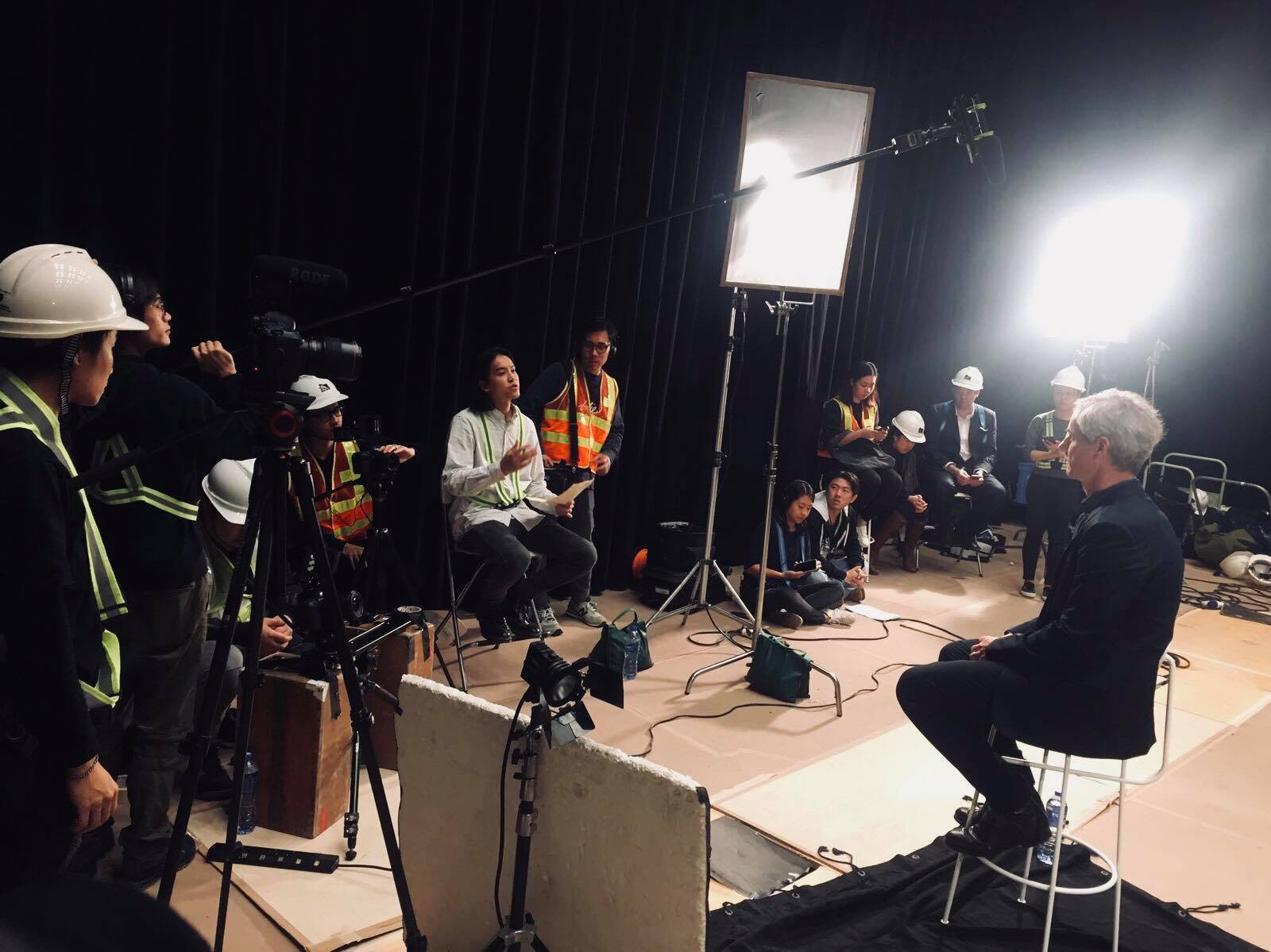
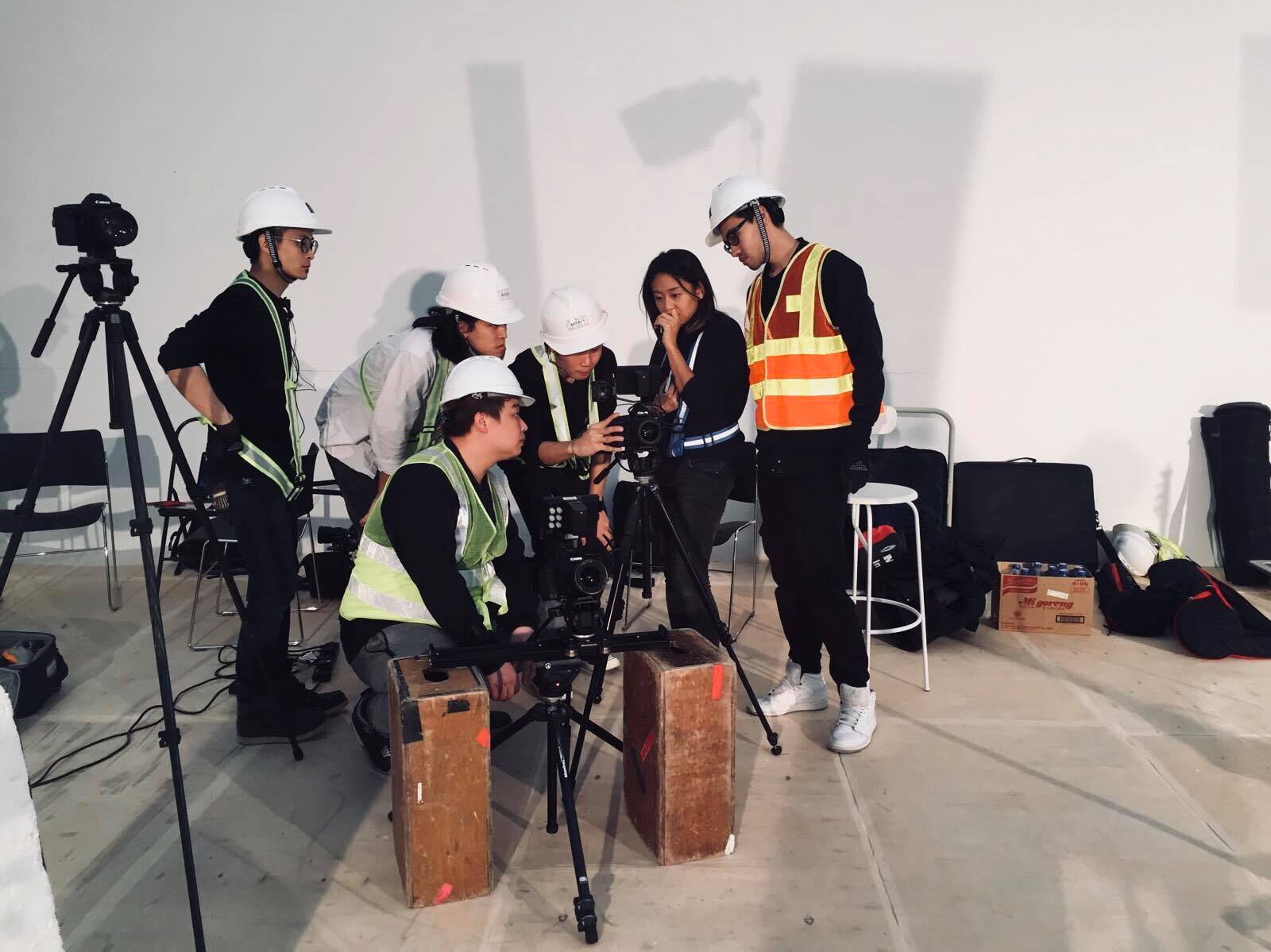
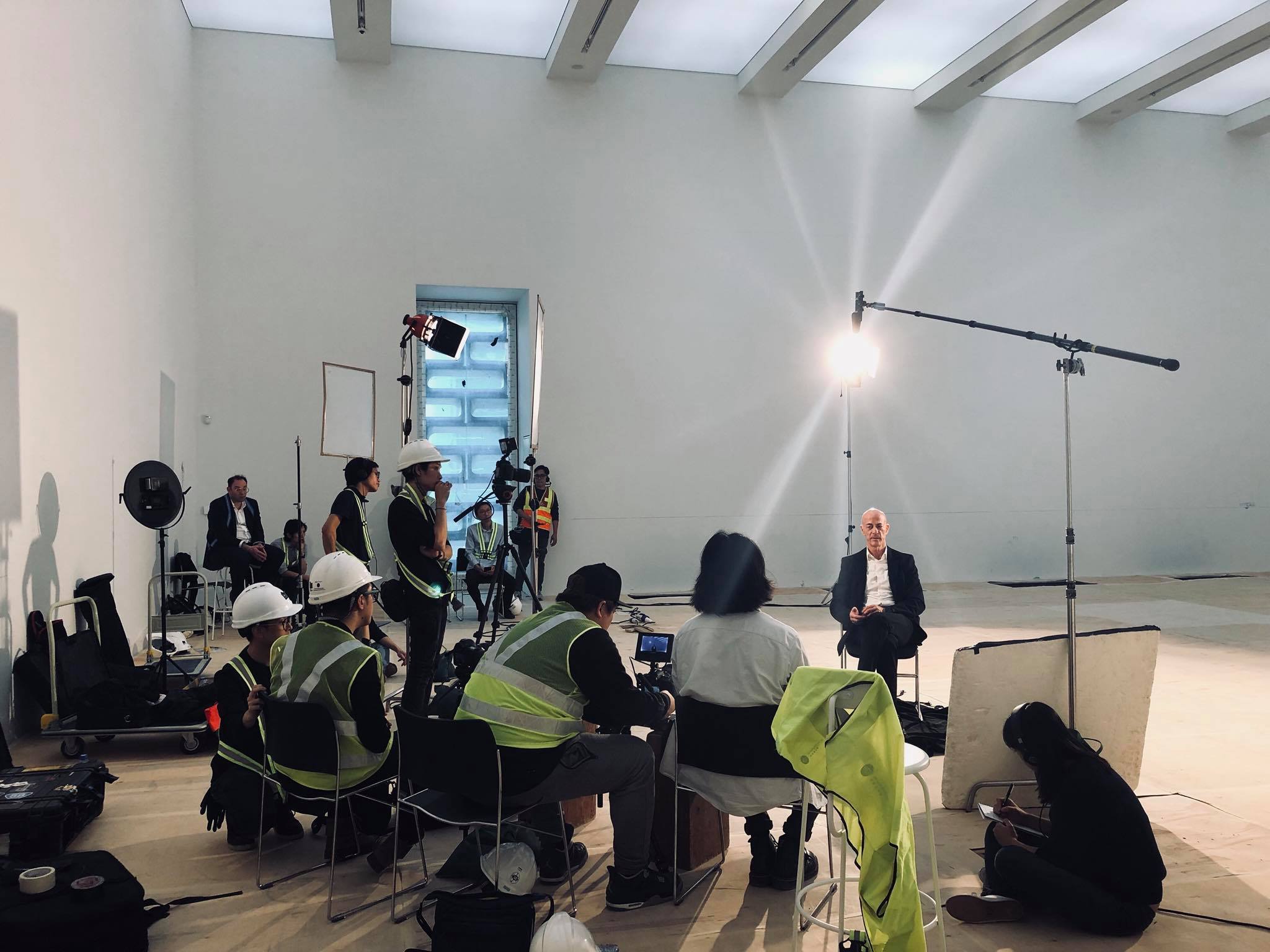
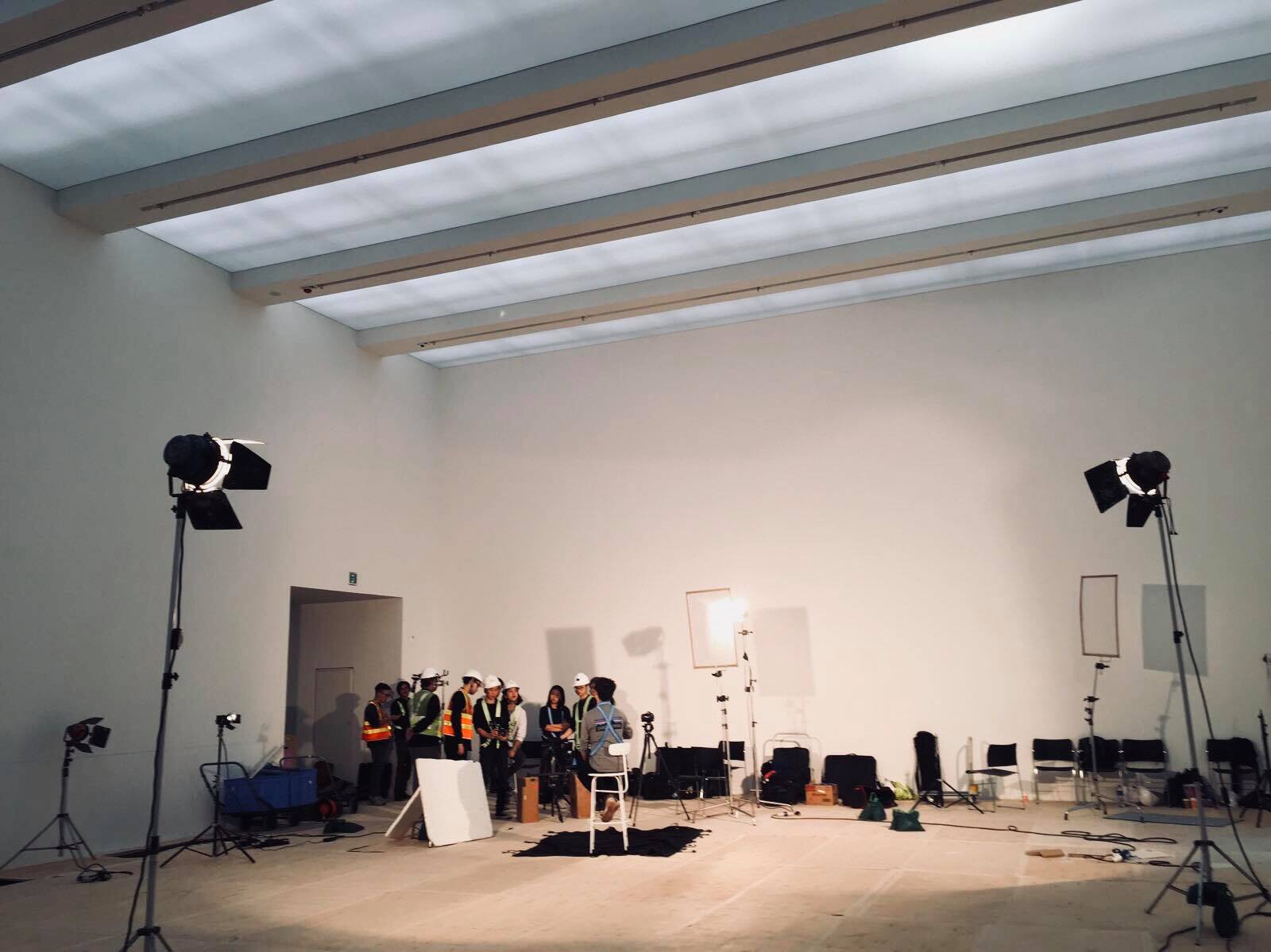
Cheongsam: Lost & Found
Writer | Director | Editor | Composer
2017; Hong Kong Arts Centre (Hong Kong); Documentary; 30 mins; Cantonese.
Screened at Hong Kong International Airport 2017-2019.
Directed by Adrian Lo
Cinematography by Man Ho; Edited by Adrian Lo; Music & Sound by Adrian Lo
Produced by Hong Kong Arts Centre
Released in August 2017 ; 29 minutes 58 seconds
Full HD; Cantonese with English & Chinese subtitles
Qipao, literally "Manchu robe", is generally referred to as cheongsam in Hong Kong, meaning long dress. Cheongsam was once everyday fashion for Hong Kong women, whether they were celebrities, housewives or working women. As large numbers of tailors from Shanghai resettled in Hong Kong in the late 1940s, the cheongsam also grew in popularity throughout the 1950s and 1960s. To this day, cheongsam is still a popular choice of formal attire and a source of inspiration for fashion designers, comics artists, cultural researchers and filmmakers alike.
Featuring: Lee Wai-Chun (Hong Kong comics artist), Kan Hon Wing (Owner of Mee Wah Fashion), Helius Yuen (Cheongsam collector), Anita Tsang (Founder of Cheongsam Connect), Donna Wong (Founder of Cheongsam Connect), Cammie Chan (Member of Cheongsam Connect), Janko Lam (Founder of Classics Anew), Elphonso Lam (Hong Kong comics artist), Ranee Kok (Founder of Ranee K)
Full Version
Watch the full film here:
Stills
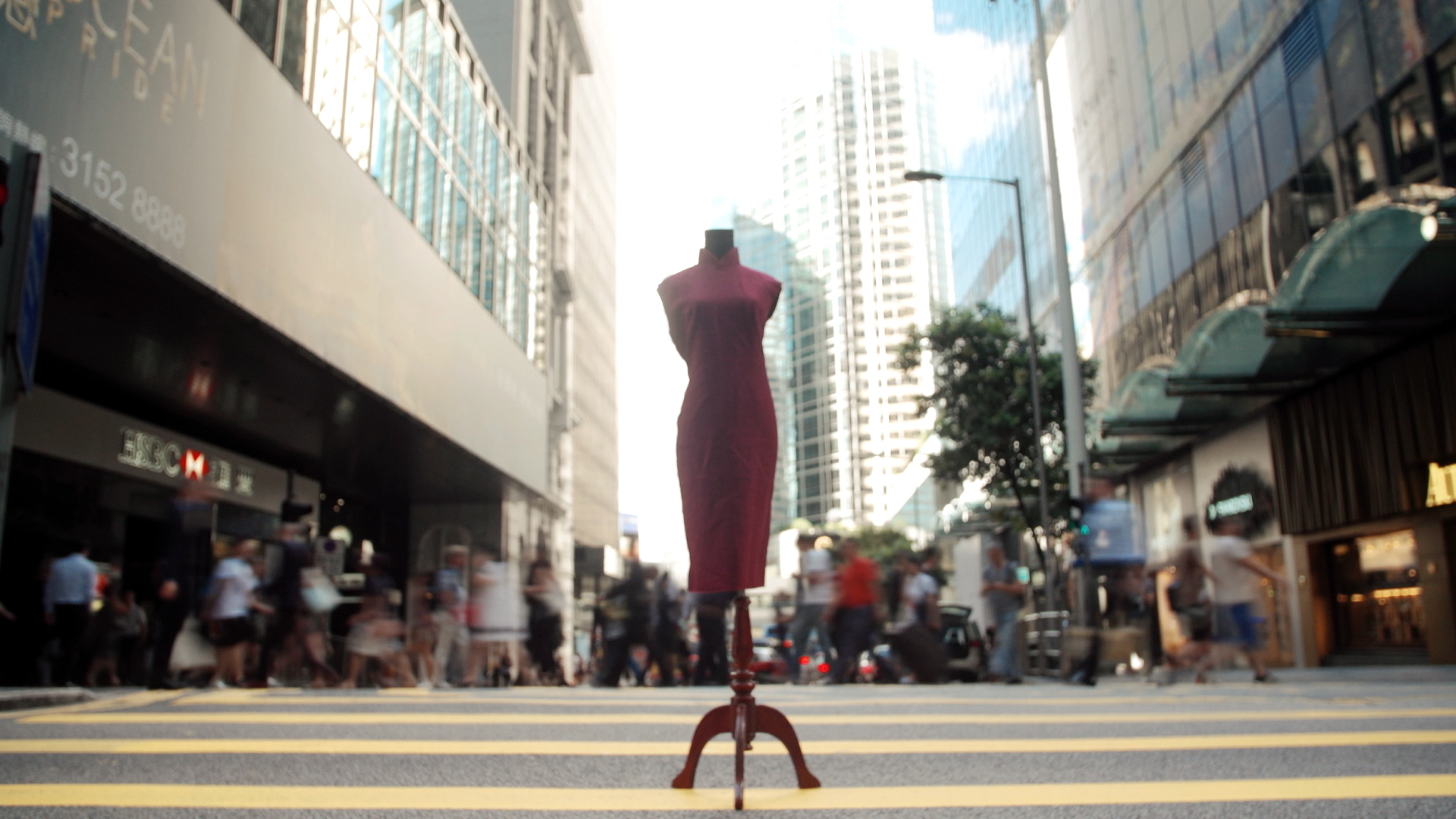

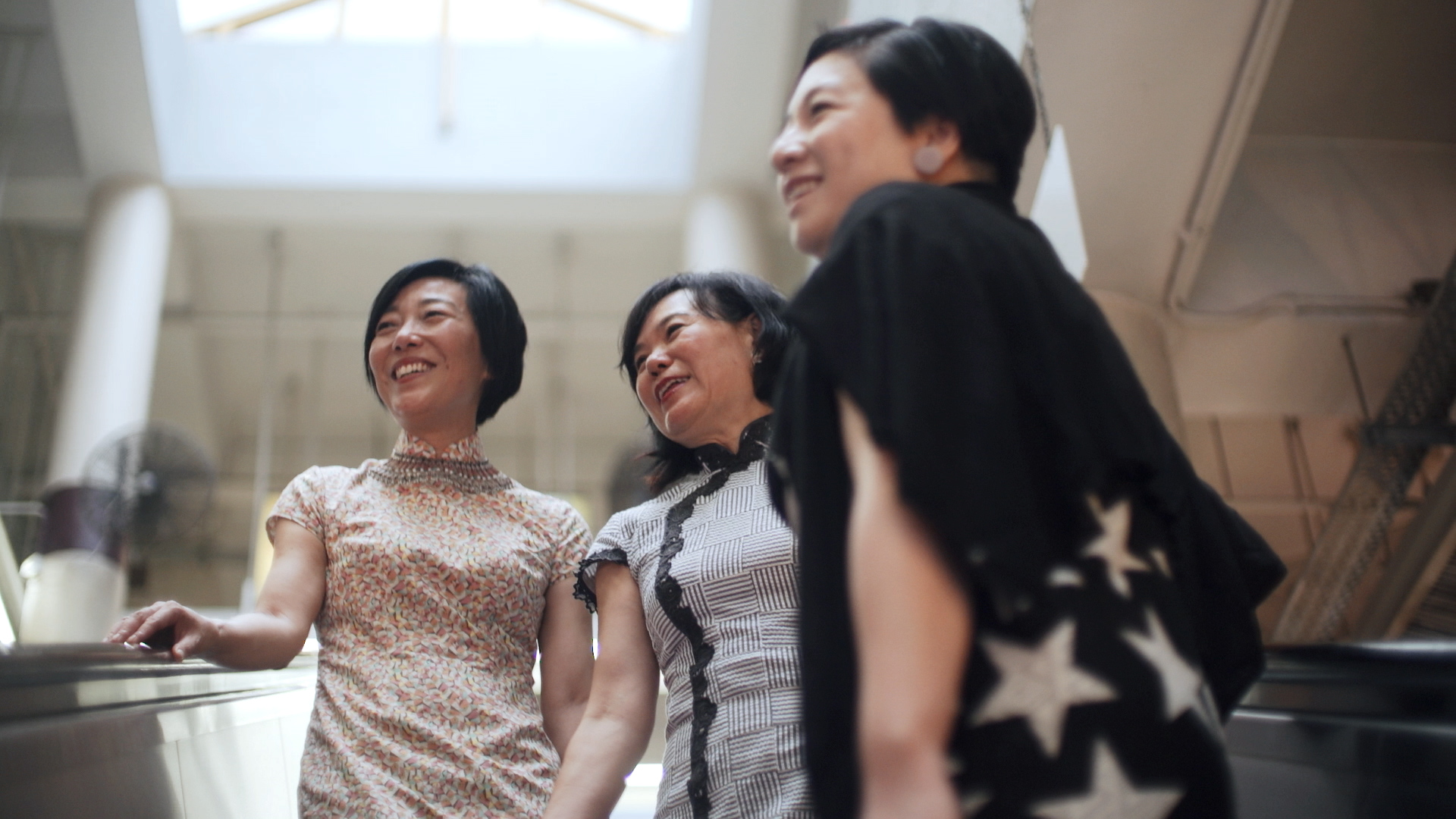
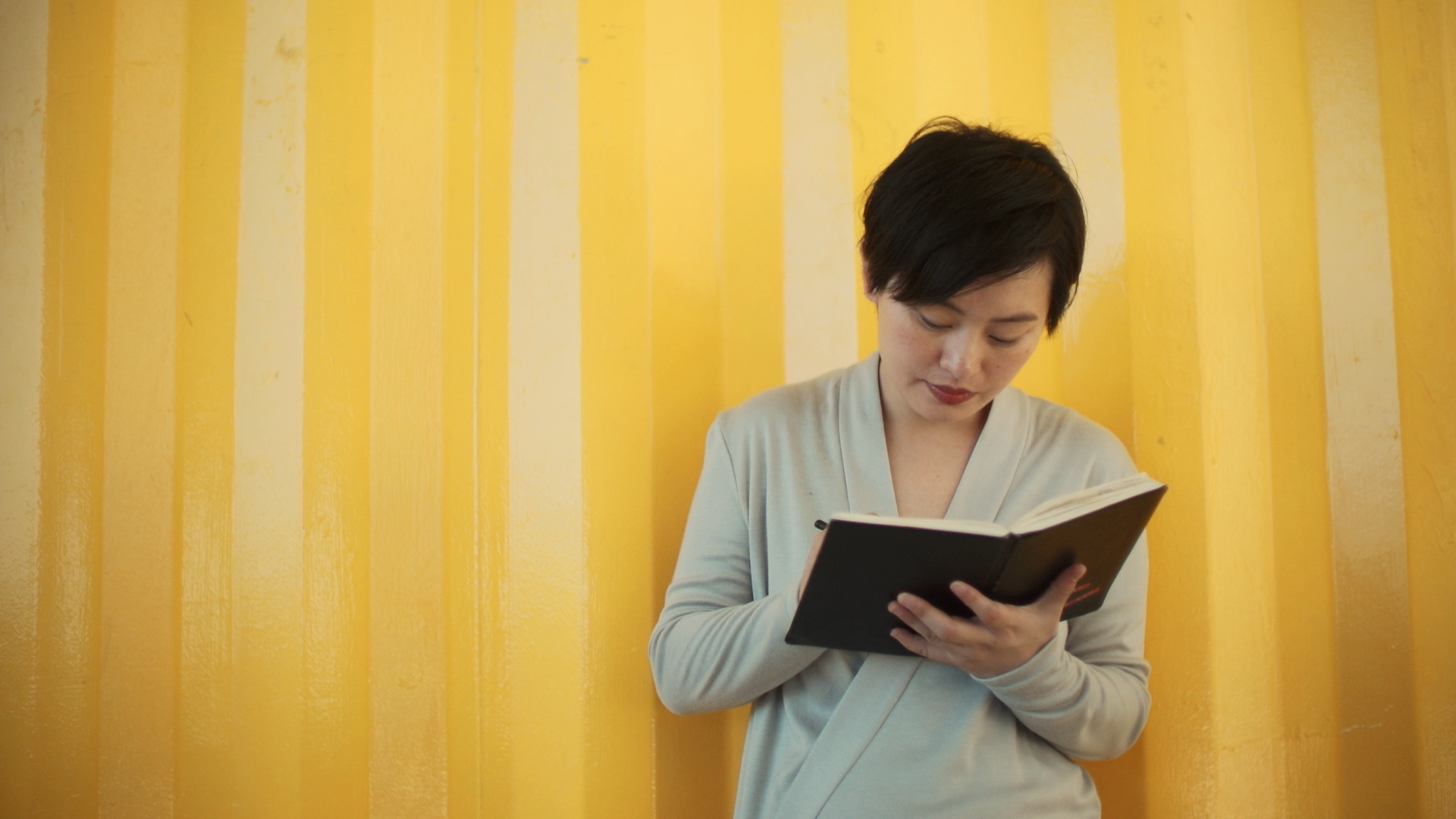
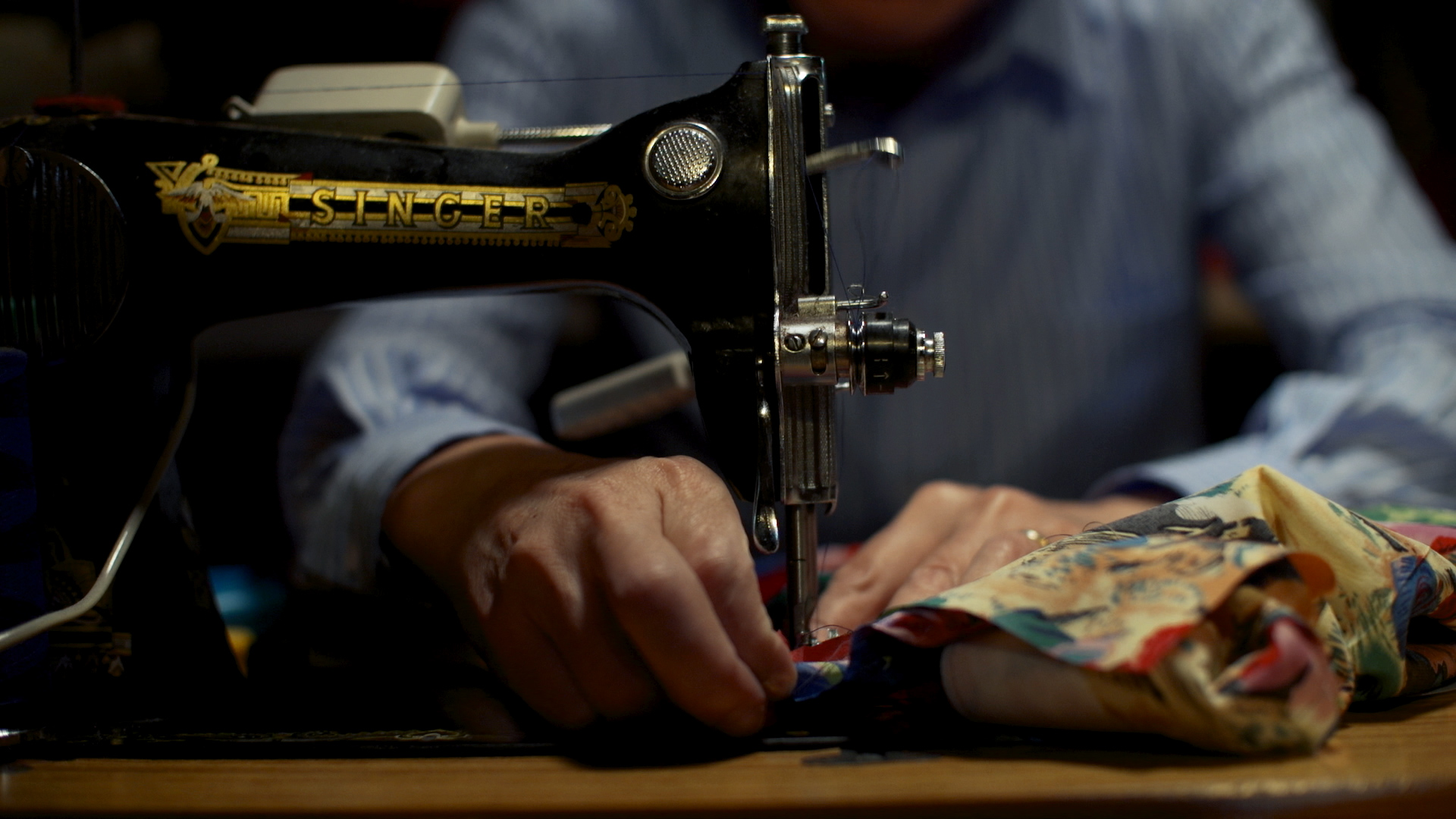
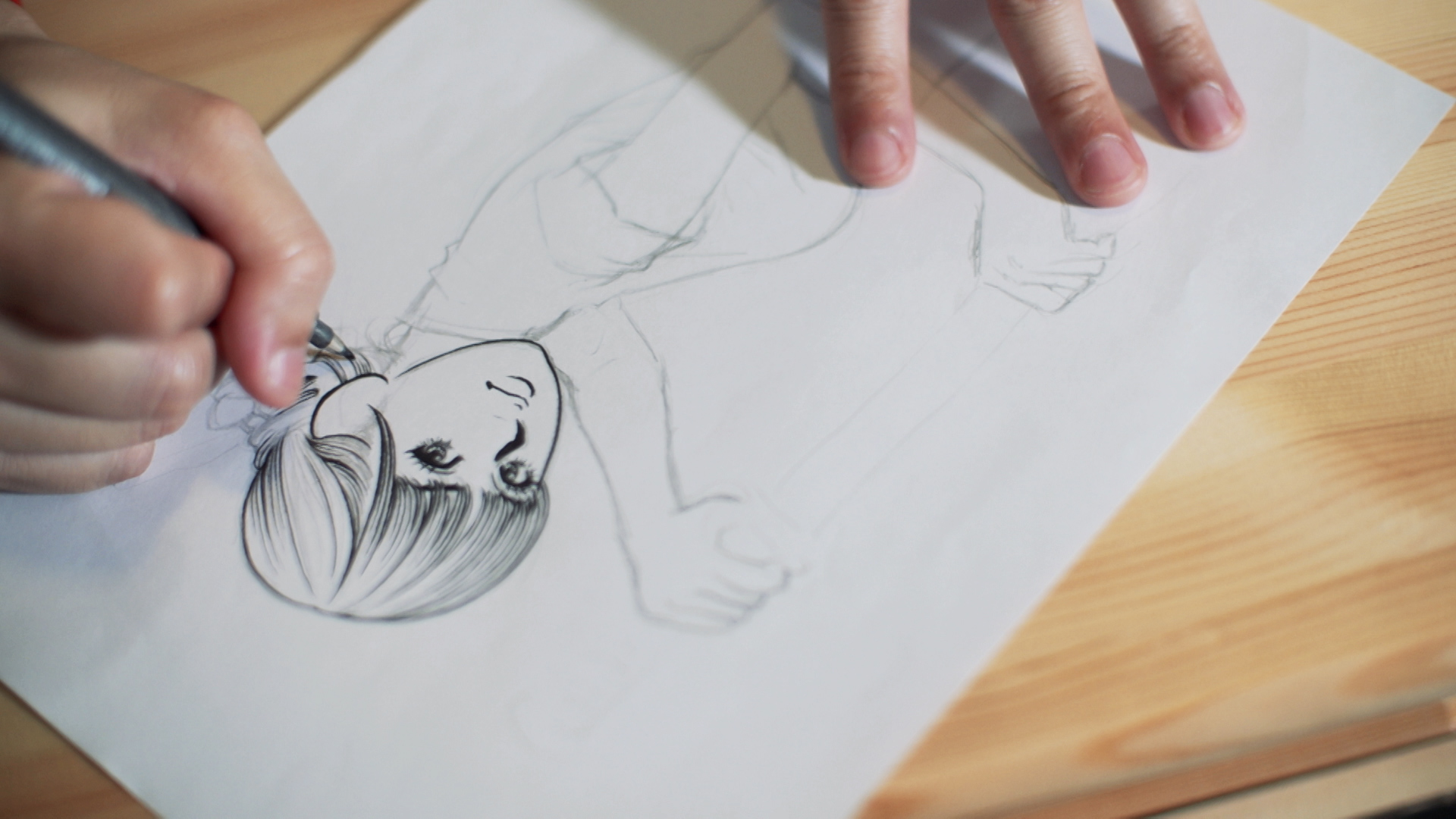
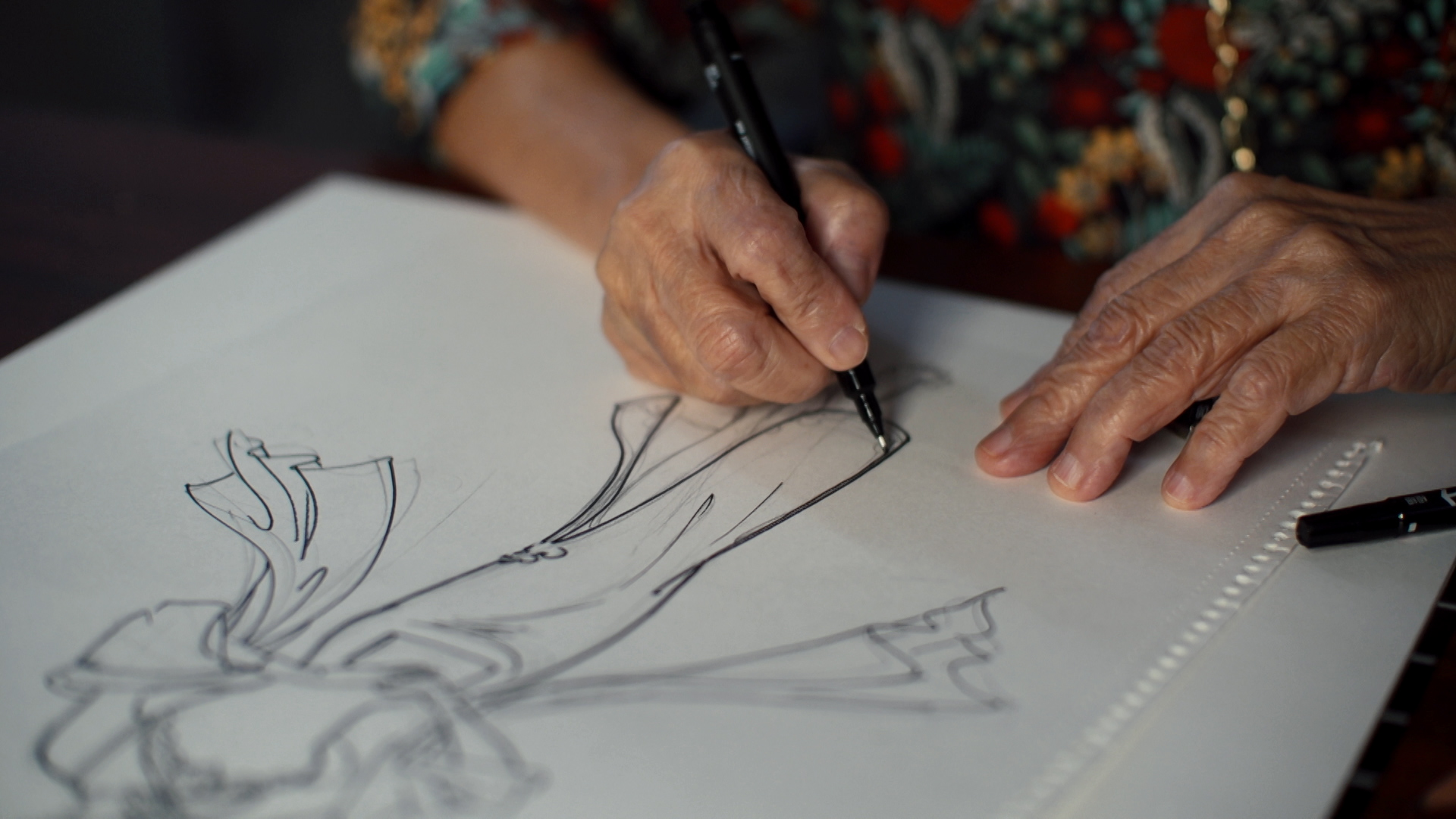
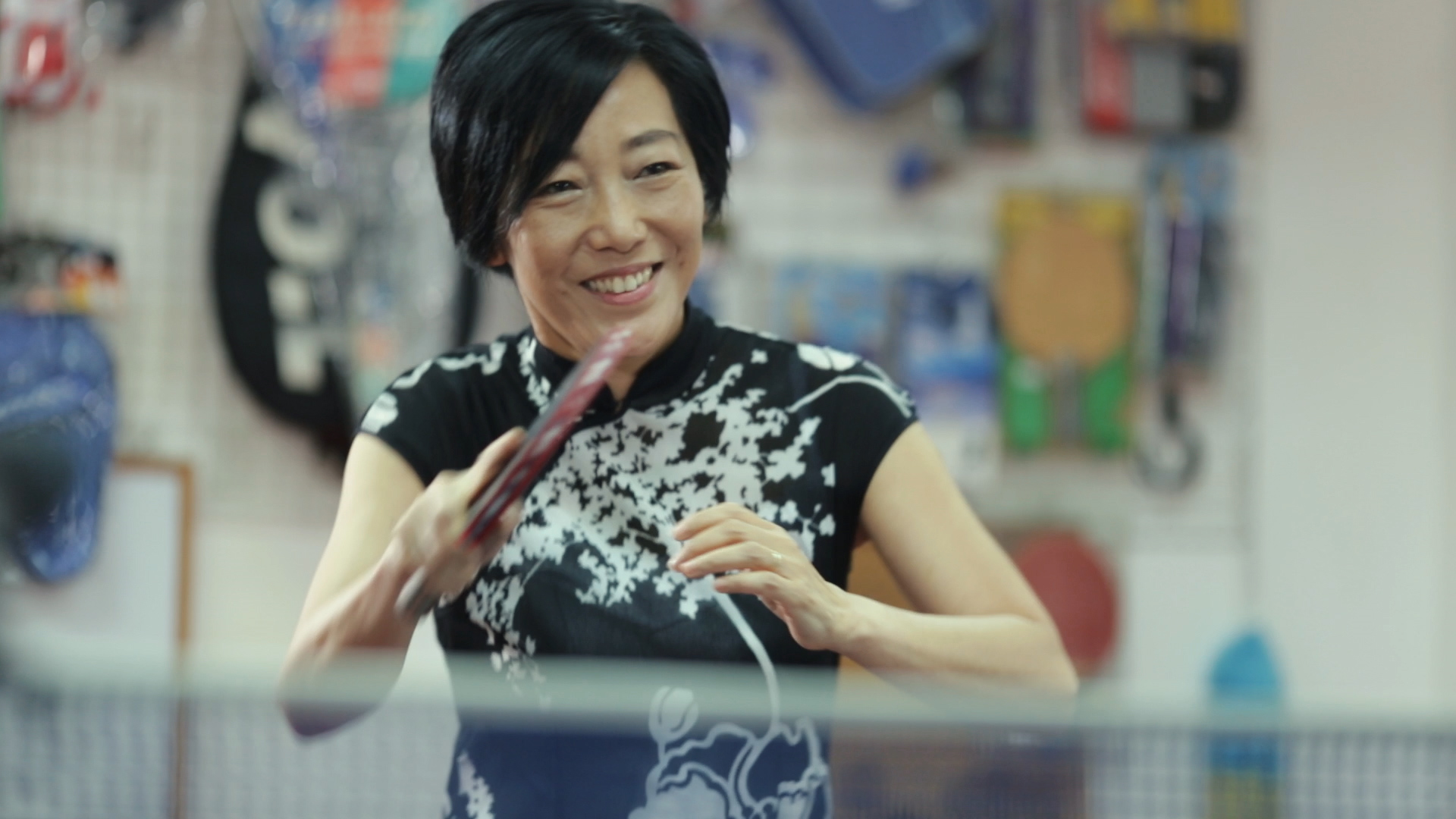


Original soundtrack
Bonus Material
We’d just finished interviewing Theresa Lee at the Hong Kong Arts Centre and she followed us to Sheung Wan to see our next interview with Mr. Kan at his store. In the end, I thought perhaps she also had questions for Mr. Kan, probably more insightful ones even, and what followed was this delightful exchange. I guess she enjoyed the conversation because afterwards, she asked me to send it to her so that she could watch it again! Hence, for Theresa. What a legend. Rest in peace.
Doolittle Raiders: A China Story
Music | Composer
2017; UK & China; Documentary; 10 mins; Mandarin & English
Directed by Melinda Liu & Tian Macleod Ji.
Official selection at the Imperial War Museum Short Film Festival (UK, 2018)
directed by Melinda Liu & Tian Macleod Ji
original music by Adrian Lo
documentary film; 9 minutes 56 seconds
completed in April 2017
Official Selection at Imperial War Museum Short Film Festival 2018
I was given only a day to complete the score for this short documentary, so I had the chance to write with immediate intent and go with what's right - right from the start. My choice of instrumentation was classical, which included a strings ensemble, a brass section, guitar, piano, and the snare. Part 1 sees us journey from the initial scenic Zhejiang province, the emphatic title sequence, and the revisit to the cave; while part 2, takes us from the poignant eye-witness account, to the child of a Doolittle Raider telling us what this legendary story, and this alliance between two nations, still means to him and the local community.
Prayer for Peace
Writer | Director | Editor | Composer
2017; Hong Kong; Documentary; 15 mins; (+21 hours exclusive archive); Cantonese
Produced, directed & edited by Adrian Lo
Cinematography by Man Ho; music by Adrian Lo;
Short documentary; 14 minutes 57 seconds
Complete archive footage; 21 hours 9 minutes
completed April 2017; unreleased
Once every 10 years, these villagers from the outskirts of metropolitan Hong Kong gather for five days of traditional Taoist rituals called Prayer for Peace. Operas, martial arts, bonfire offerings - why do they insist on keeping these traditions?
Set in the rocky coastal village Shek O at the edge of densely populated Hong Kong island, this film is centred on its 19th decennial festival of "Prayer for Peace" (Cantonese: Tai Ping Ching Chiu) - a traditional Taoist ritual of peace and thanksgiving held over five days.
Not only is this film a vibrant and energetic celebration of the rich cultural heritage in Hong Kong, it is also a window into hearing the voices of these villagers who have a thing or two to teach the urban dwellers about how common identity and community spirit are fostered.
Heritage, in their own words, is not about preserving from the by-gone, it is about sharing a living legacy.

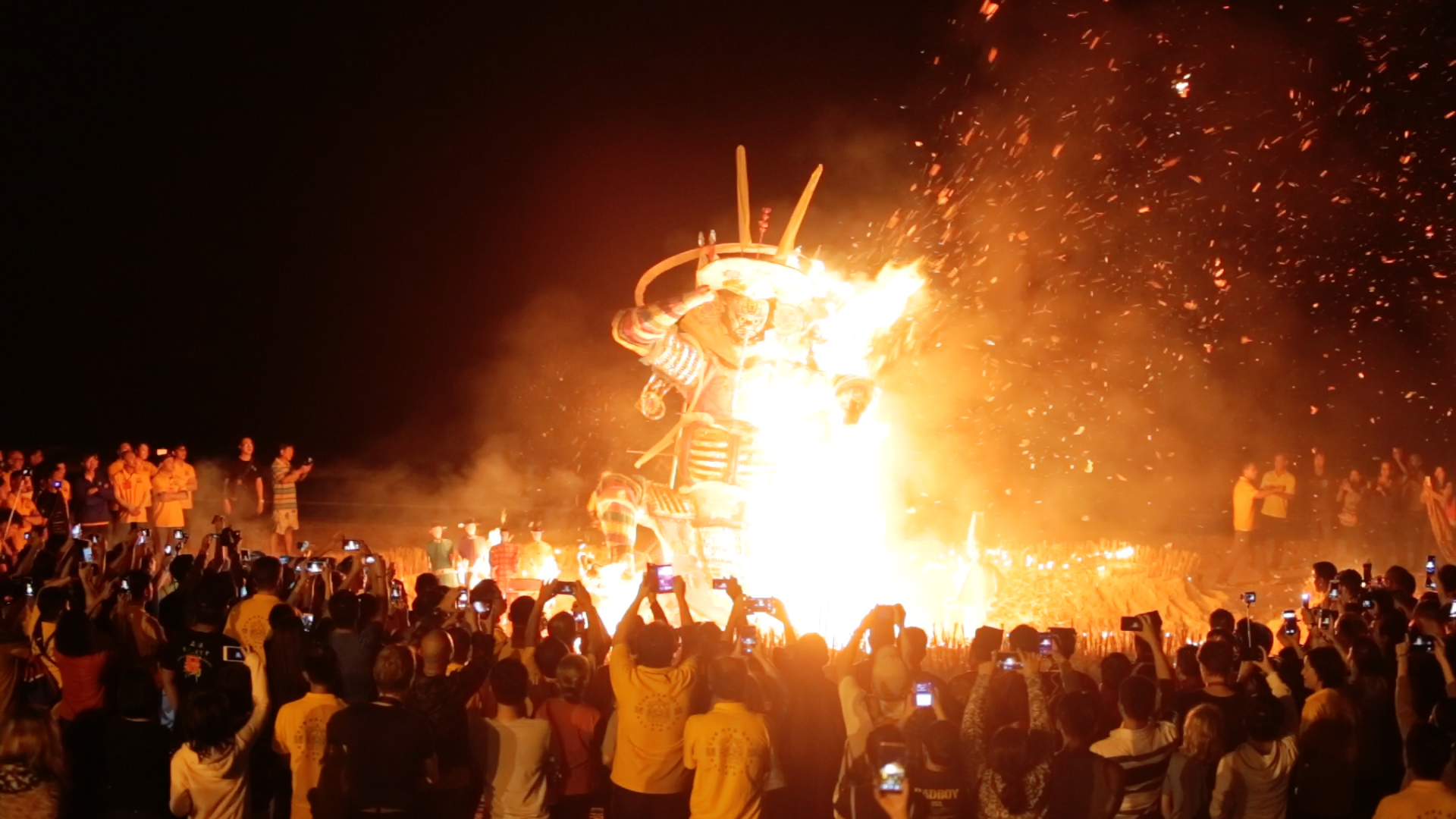

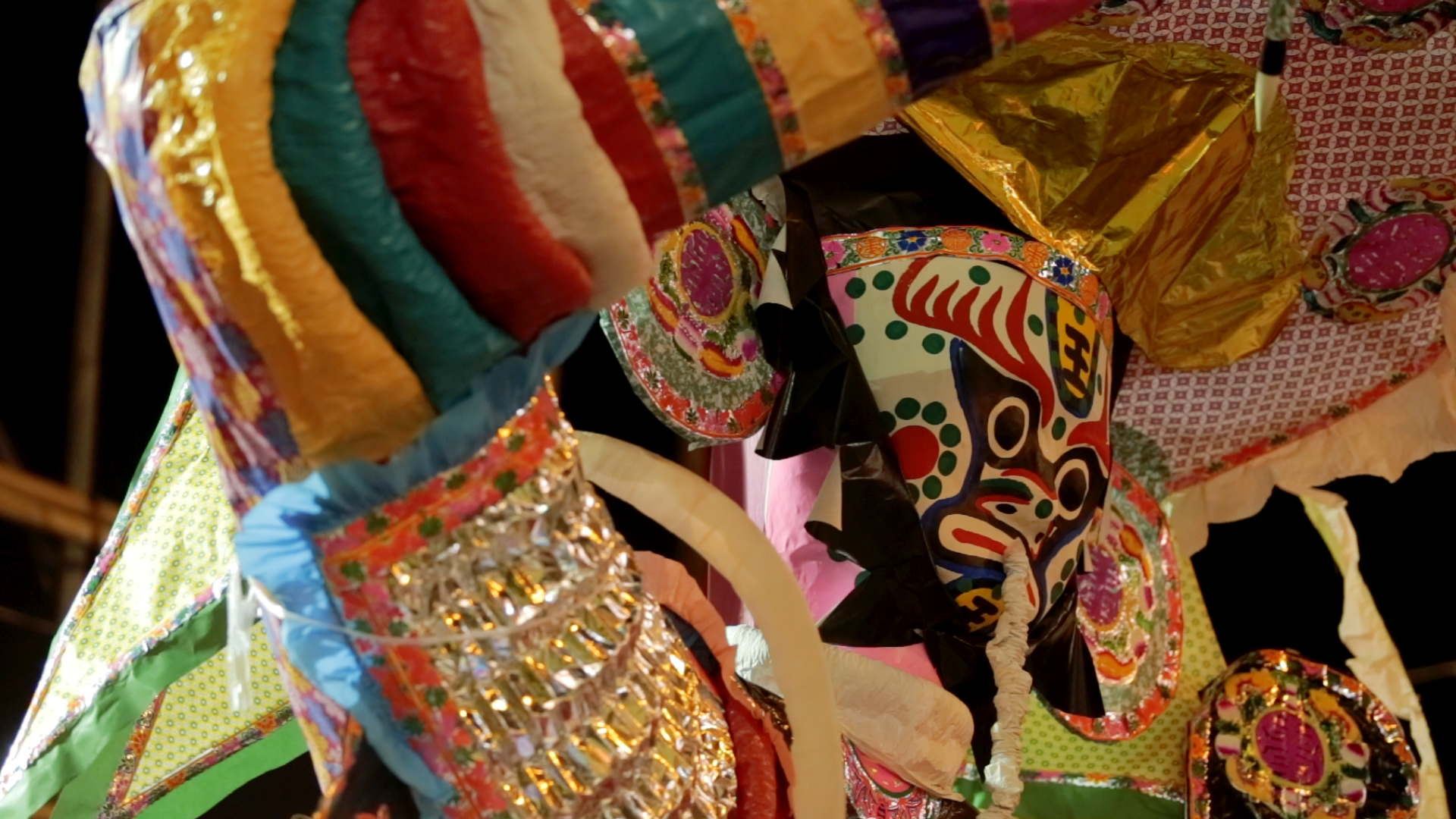
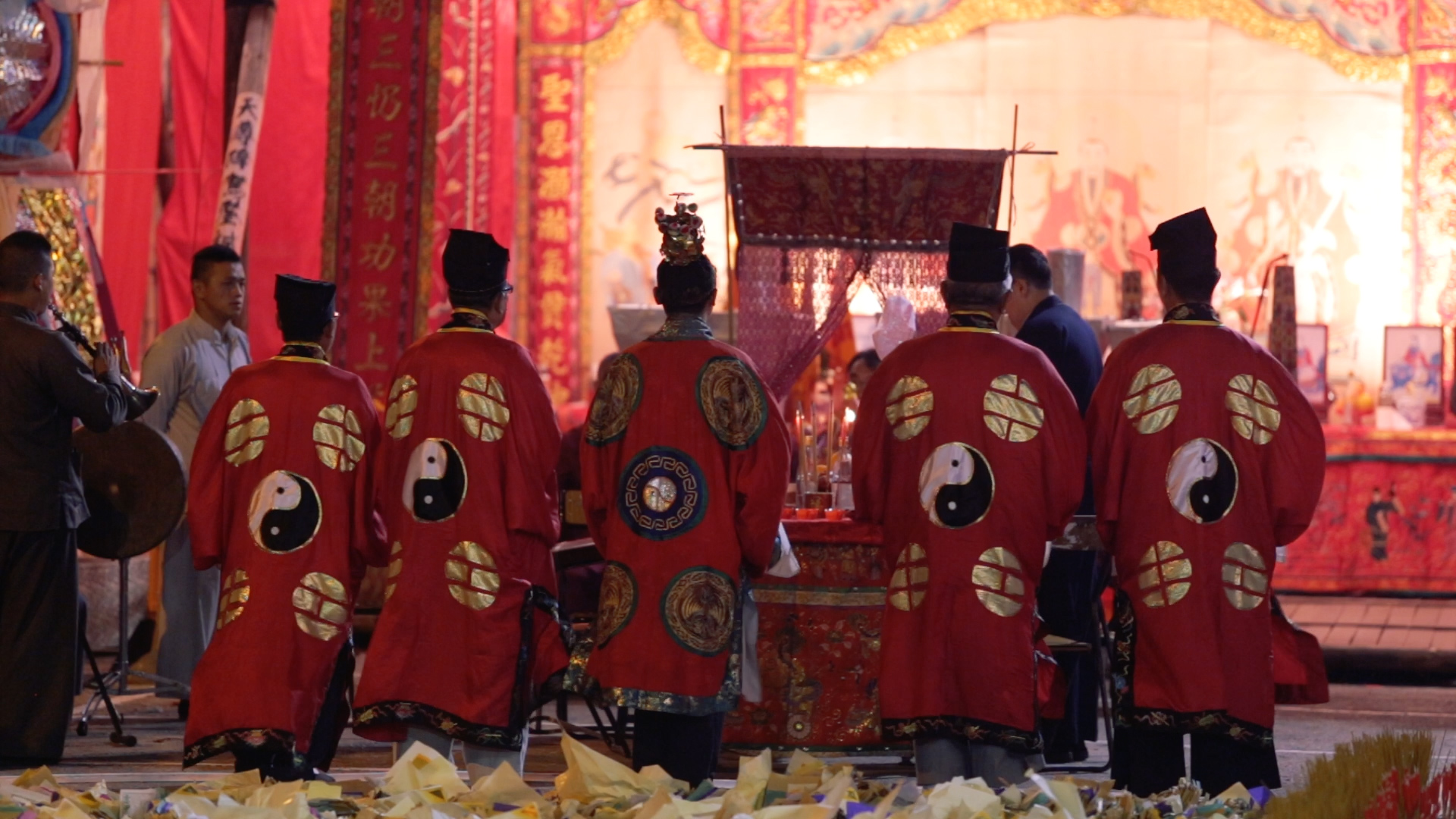

Music
Creating the score for this was more about 'filling in the gaps' than about really leading with any melodic theme or motif. This is mainly because there's already so much to see and hear both in terms of all that colour in the picture and all those really diegetic sounds like fire crackers and drumming. So, I started pursuing down the route of expanding from all the original drumming sound we captured in Shek O and tried instead to explore a bit further with creating interesting textures with that drumming more than anything else. I was quite pleased with finding this piano-based tinkering texture in the end because I think it sat high in register and actually balanced quite well with the drumming 'heart-beat' so to speak. There's a certain feeling of flowing movement with these tracks and I think it also ties in quite well with one of the key essences of this film - which is the idea of continuity.
Archive footage
Totalling over 21 hours, this was a lot of material and an insane amount of editing because this is everything that happened in the five-day festival, from Wednesday 4am to Sunday 6pm. It was incredible to work with such a dedicated DOP who had an equally dedicated team and who were all mad enough to run around all three villages non-stop and just kept shooting. I remember there were times during the editing process when I did wonder if the idea of actually making a complete record of the festival was maybe slightly pointless but I think, at least, I can take refuge in the fact that we did manage to make the best moving image record of a Tai Ping Ching Chiu festival in its entire history. It's a precious part of Hong Kong culture and I'm glad it's there for you to see it.
農曆⼗月初十日 (11月9日)星期三 Wednesday 11 November 2016
#1 發奏上三表 Commencement Ritual (26 mins)
#2 取⽔水淨壇 Water Well (31 mins)
#3 揚 幡 Setting the Masts (15 mins)
#4 醒獅迎神至醮壇 Welcome the Gods (1 hour)
#5 開幕典禮及醒獅開光儀式 Opening Ceremony (35 mins)
#6 迎神登壇 Altar (1 hour 50 mins)
農曆⼗月十一日 (11月10日)星期四 Thursday 12 November 2016
#7 早朝幡、禮懺 Rituals at Masts (1 hour 17 mins)
#8 天后古廟 Tin Hau Temple (8 mins)
#9 打武禁壇、分燈、晉燭 Martial Arts Rituals (1 hour 14 mins)
#10 頒贈紀念品 Awards Ceremony (40 mins)
農曆十⽉⼗二日 (11月11日)星期五 Friday 11 November 2016
#11 跑⽂書 Paper Horse (42 mins)
#12 啟人緣榜 The List of Names (2 hours 13 mins)
#13 迎聖、小市、祭小幽 Small Bonfire (1 hour 26 mins)
#14 太平清醮聖物競投 Auction (2 hours 5 mins)
農曆⼗月⼗三日 (11月12日)星期六 Saturday 12 November 2016
#15 行香、飄⾊、醒獅巡遊 Grand Parade (2 hours 37 mins)
#16 ⼤士出巡 Parade of the ‘Ghost King’ (45 mins)
#17 超幽散醮 Great Bonfire (1 hour 38 mins)
農曆⼗月⼗四日 (11⽉13日)星期⽇ Sunday 13 November 2016
#18 酬神、 化榜、行符 Final Offerings (1 hour 9 mins)
#19 醒獅送壇神回宮 Returning the Gods (38 mins)
總共片長 Duration: 21 hours 9 minutes
A Portrait of Linva
Director | Editor | Composer
2016; Hong Kong; Documentary; 7 mins; Cantonese
Directed by Tian Macleod Ji & Adrian Lo.
Winner of 'Outstanding Micro Film' at the Golden Flower Awards (Hong Kong, 2016)
directed by Tian Macleod Ji & Adrian Lo
cinematography by Tian Macleod Ji; original music by Adrian Lo
short documentary; 6 minutes 21 seconds
released on 3rd June 2016
Opened in 1965, Linva has been in central Hong Kong for over half a century offering bespoke tailoring. The cheongsam's popularity has since waxed and waned, but Mr. and Mrs. Leung have persisted with their traditional handcraft in spite of cultural changes and urban gentrification. This short film is a continuation of our first offering A Portrait of Sun Wah Kee, in which essentially we consider the question: what of our urban fabric?

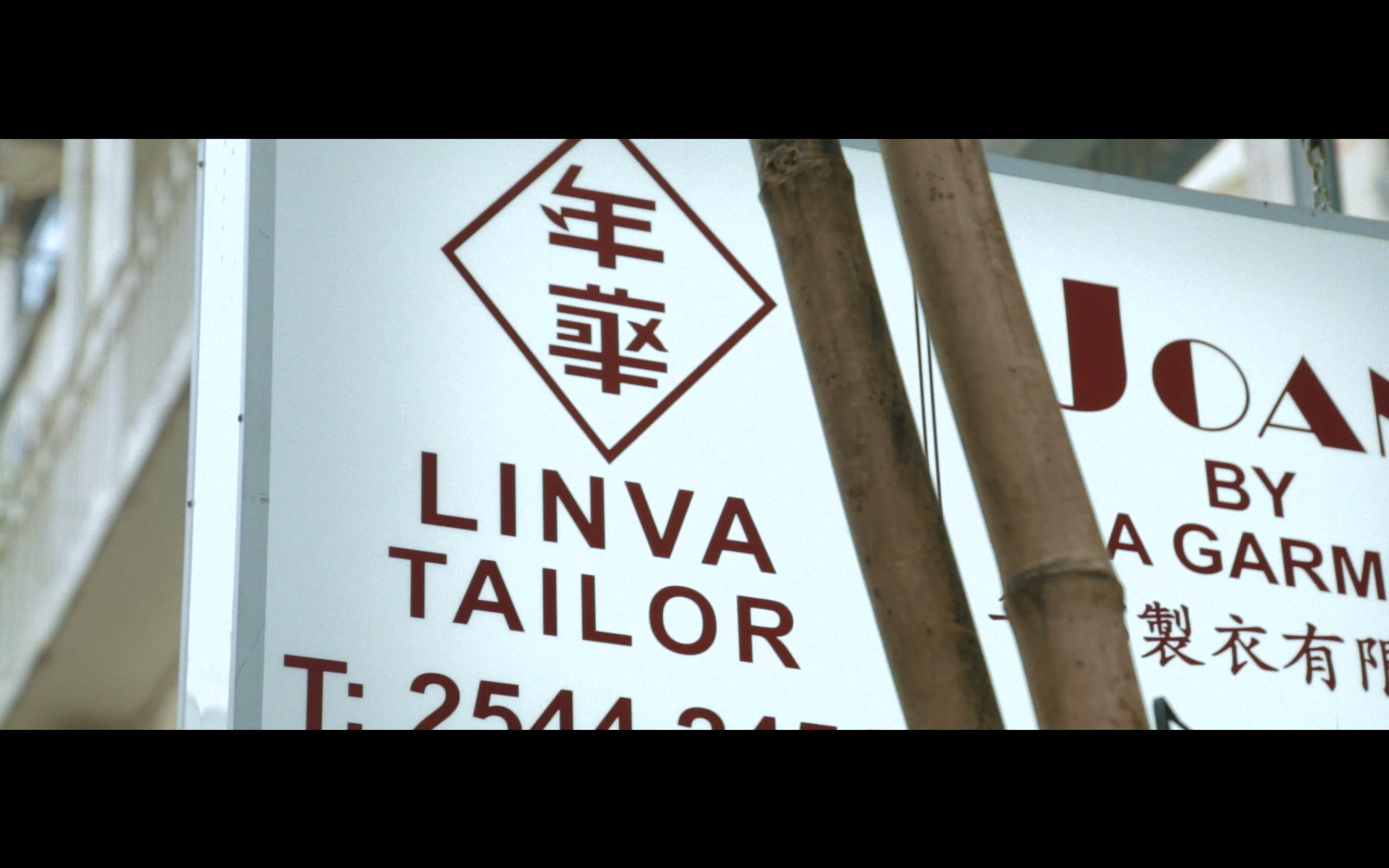
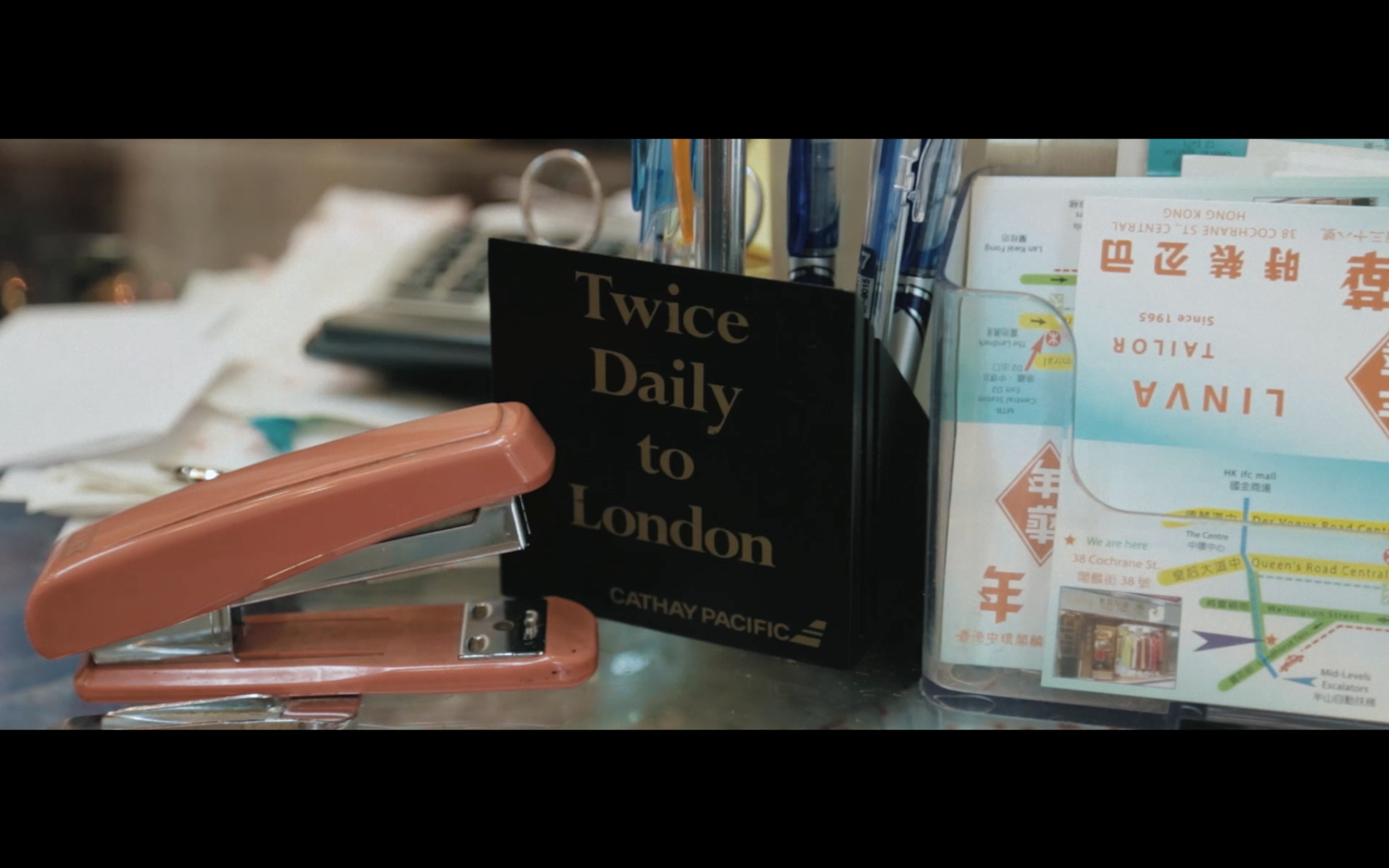
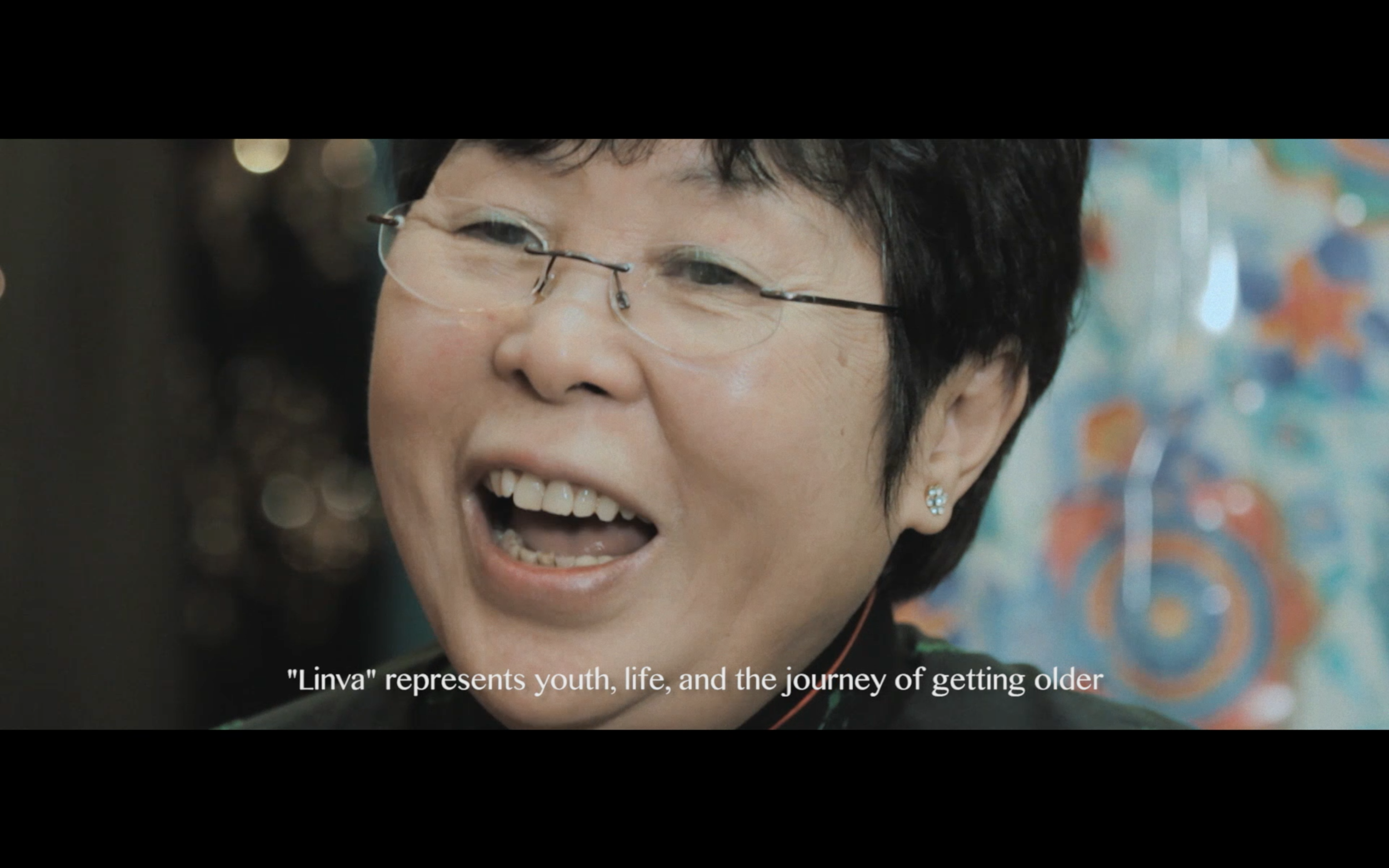

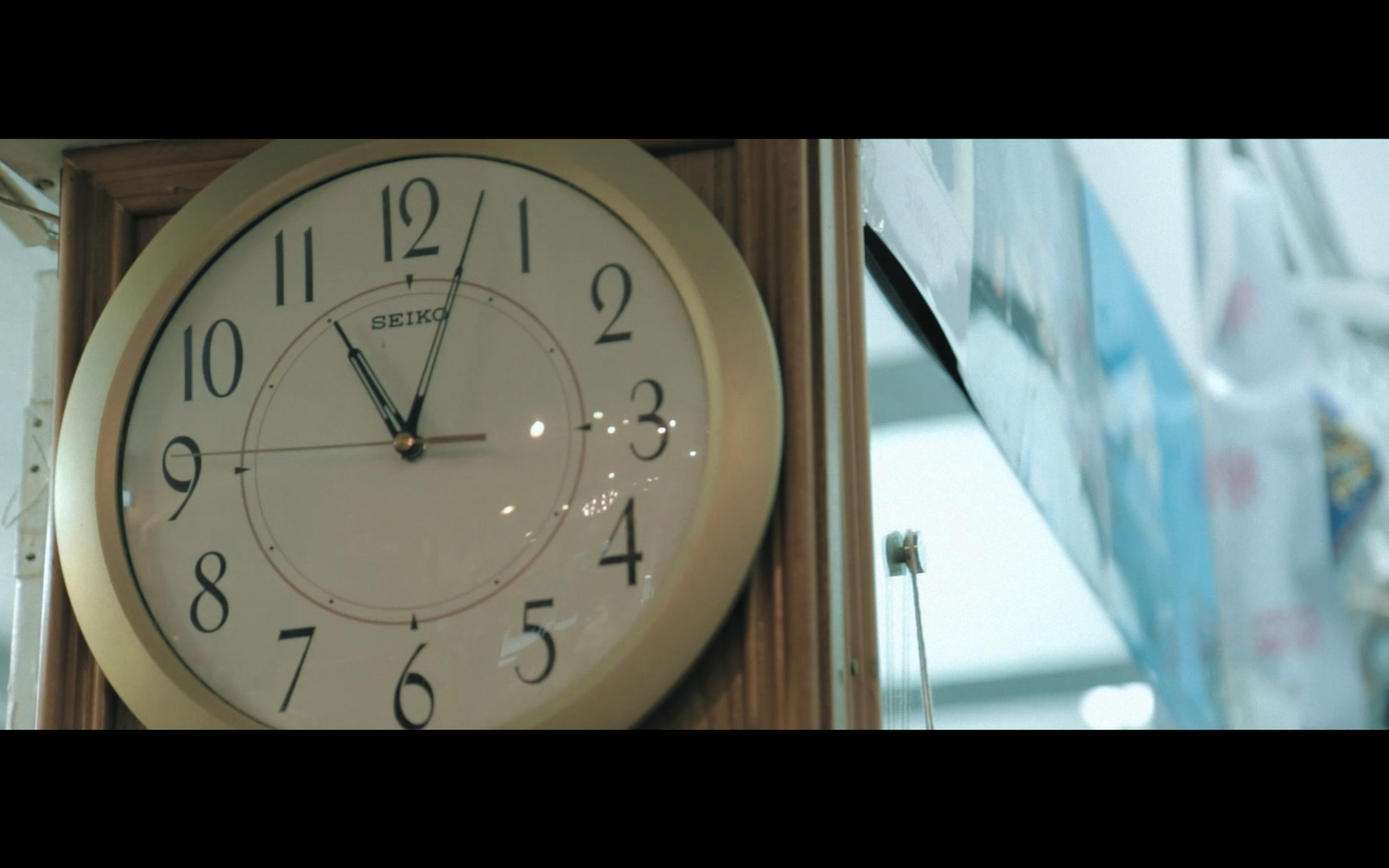
Absentee
Music | EP & Zine
Four-track debut EP written, performed, and produced by Adrian Lo.
Released via Love Da Records on digital platforms in 2016.
CD & Zines including artwork by Ann Chih available at selected stores.
— Debut EP —
ABSENTEE
Who am I and what am I doing here?
I’m nobody and I’m not really here.
You don’t know me and probably never will.
If you could just pay attention for one second, then you’ll notice:
You and I,
We are everywhere.
Absentee is about Hong Kong.
It’s about the distances we build, the faces we wear, and the fears we share.
It’s about the streets, the walls, the threats, the lies, the cronies, the sick, the mirrors, the ghosts, the smog, the waves, the resignation and the faith.
Absentee will be released digitally in August on iTunes, Spotify, and other major platforms.
Physical release of EP will follow in September, in conjunction with a zine of original words and artwork. Stay tuned.
————————————————————————————————————
< Absentee EP-1 >
01 Nobody Knows My Name 3:59
02 Dragon’s Den 3:59
03 Selfie 4:31
04 Waves 6:22
————————————————————————————————————
All songs and lyrics are written, performed, recorded and produced by Adrian Lo
Original artwork on cover by Ann Chih with original photograph by Nele Sauer
Digitally distributed by Love Da Records
Made in Hong Kong
Eidos Skopeo
Single | Photos
Music written, performed, and produced by Adrian Lo.
Set to Eidos Skopeo - photography by Ann Chih, as part of exhibitions at Boom Gallery, K11 & Slideluck Tokyo.
Released in November 2015.
Photography by Ann Chih | Music by Adrian Lo
November 2015
Photography is never a preoccupation with capturing a ‘concrete’ reality. Instead, I am intrigued by the possibilities that photography can offer in exploring the relationship between what is visible and what is not, the ambiguous qualities of my distorted images allow the viewers to ponder about the power and longevity of photography as a communicative medium and an art form.
The rhythm and emotion of urban everyday-life are emphasised by repetitive imageries. Each piece is captured and reflected through processes of rotation and reflection both in camera and in post manipulation process. The photographs display piercing interpretations of Hong Kong’s undying consumer culture in photographic fragments that seem permanently altered and yet endlessly evolving.
Ann Chih
Eidos Skopeo captures so succinctly that sense of the urban everyday-life peculiar to Hong Kong.
Spatially the works are set in those playgrounds of our ‘undying consumer culture’, but the distortive effects in these photographs unleashes the potential for different perceptions and imaginations of our familiar surroundings, thereby instilling an energy and dynamism that you wouldn’t expect of still images. This is what I love about urban photography.
I’d like to think that what’s great about cities is that they can be anything you imagine them to be.
Perhaps the artist presents you with the questions, but of course she is not alone in this exercise.
It’s because we’ve all been to the same places and yet we engage with our spaces differently, the city is never merely that which we see with the naked eye, but more importantly it must also be that which we allow ourselves to imagine.
The first publishing of Italo Calvino’s Invisible Cities picked Rene Magritte as the cover artist, and I think if they are looking for a book cover in 2015, then Ann Chih's Eidos Skopeo would be perfect.
My composition also titled Eidos Skopeo is in four parts:
i) Time Flies (Arrhythmia); ii) Polyrhythmia; iii) Exit A (Eurhythmia); iv) Isorhythmia.
This is as much of a musical rhythmanalysis of Hong Kong’s everyday-life, as it is about me just messing around on my drum machine and cutting up samples of familiar noises I’ve recorded around Hong Kong. Each piece represents a different mood, different time of day, and different surroundings.
Adrian Lo
November 2015
Eidos Skopeo is selected as part of Slideluck Tokyo II in October 2016, and Slideluck Hong Kong in November 2016.
Eidos Skopeo was exhibited at Boom Gallery on Sai Street, Sheung Wan, Hong Kong, in November and December 2015.
Time Flies (Arrhythmia) was selected and broadcasted as part of the ‘Urban Sense’ exhibition at K11. It was released by Love Da Records in the compilation album Urban Sense on iTunes, Spotify and other major digital platforms.
iTunes: https://itunes.apple.com/us/album/urban-sense/id1096928525
Spotify: https://open.spotify.com/track/6IfkmvCnehkEvkDf14a4u0
Love Da Records
A Way of Life
Director | Editor | Composer
2015; Wake Artisans (Japan, UK, Hong Kong); Documentary; 10 mins; Japanese
Directed by Adrian Lo & Tian Macleod Ji.
Winner at the London Lift-Off Film Festival (UK, 2015); Official selections at Fine Arts Film Festival (Venice, CA, 2016), FoodCine.ma (Singapore, 2016), A Design Film Festival (Singapore, 2016), APIFA (Jakarta, 2016), MADE London (UK, 2016)
directed by Adrian Lo & Tian Macleod Ji
cinematography by Tian Macleod Ji; original music by Adrian Lo
produced by Waka Artisans
november 2015; short documentary; 9 minutes 21 seconds
A Way of Life is winner 'Best Documentary' at the London Lift-Off Film Festival 2015 and will be shown at major cities across the world as part of the Global Lift-Off Network.
Kasama & Mashiko are two regions in Japan that produce some of the most unique and sought-after handmade pottery in the world. The potters who create these magnificent works spend decades refining their craft - throwing, moulding, glazing and firing - in the rural countryside.
A Way of Life is a short documentary about the skill and passion of eleven such potters, revealing not only their sources of inspiration and determination, but also discovering what exactly pottery means to them.
This project is composed of a collaborative effort between two filmmakers – Adrian Lo and Tian Macleod Ji, together with Waka Artisans – an independent gallery in Hong Kong specialising in Japanese pottery.
Although we were a small production team, we benefited immensely from drawing together a diverse wealth of technical skills, and were joined together by a deep-rooted yearning to understand the essence of this craft.
Throughout the production process, we were lucky enough to witness some true masters working in their element. We were also graced with the rare opportunity to hear from the potters themselves, about their inspiration and philosophy, and also how they manage to strive ahead despite the difficulties that life has thrown at them, such as the earthquake in 2011.
This film is not just about what pottery is and how it is made, but far more pertinently, it is a film that gets into the heart of what gives life to pottery. Indeed, pottery is special in that it can be understood as a craft, as an art of expression, or even as a philosophy, but what really defines it lies with an appreciation of the potter’s unwavering devotion to pottery as a way of life.
Produced by WAKA ARTISANS
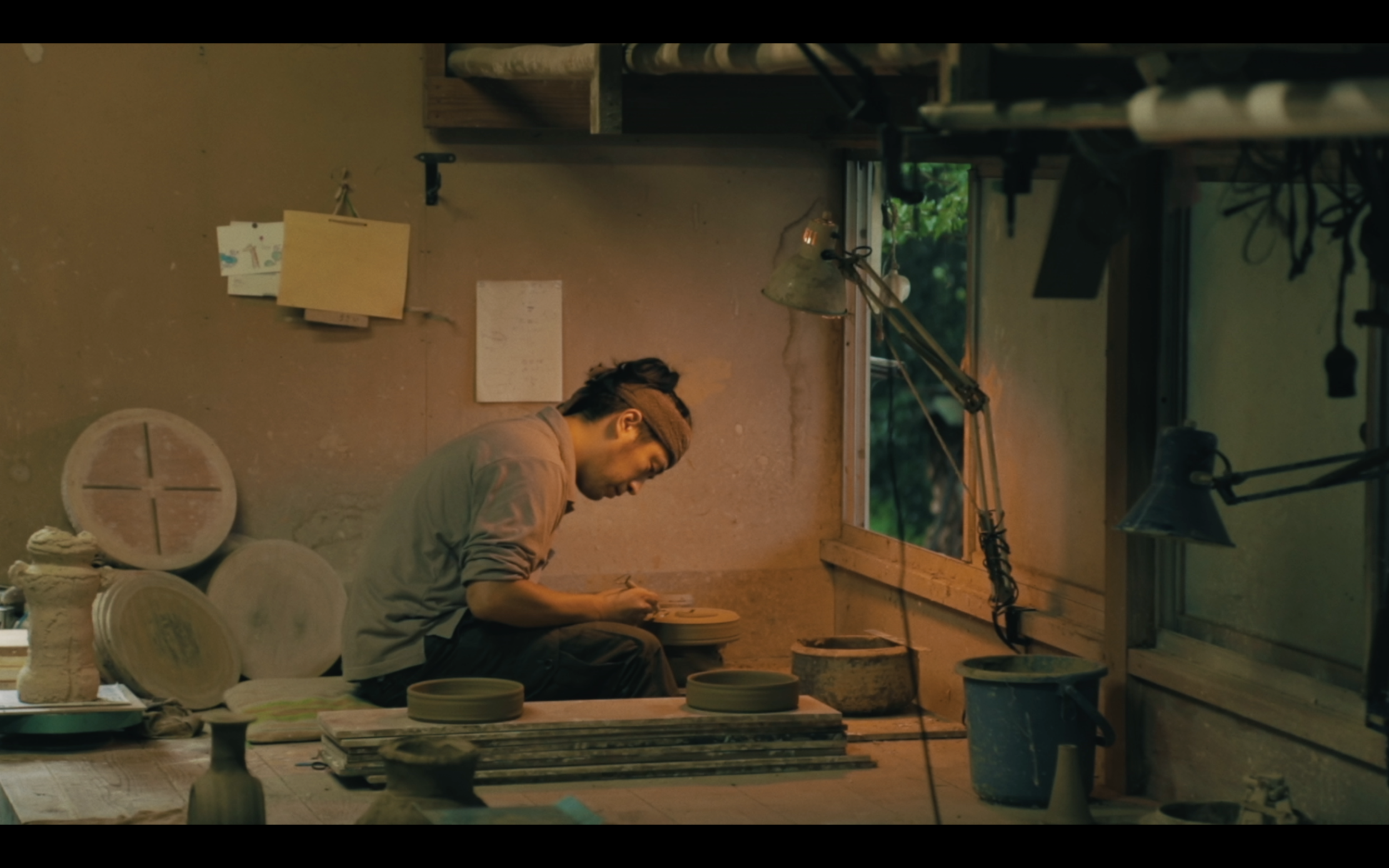
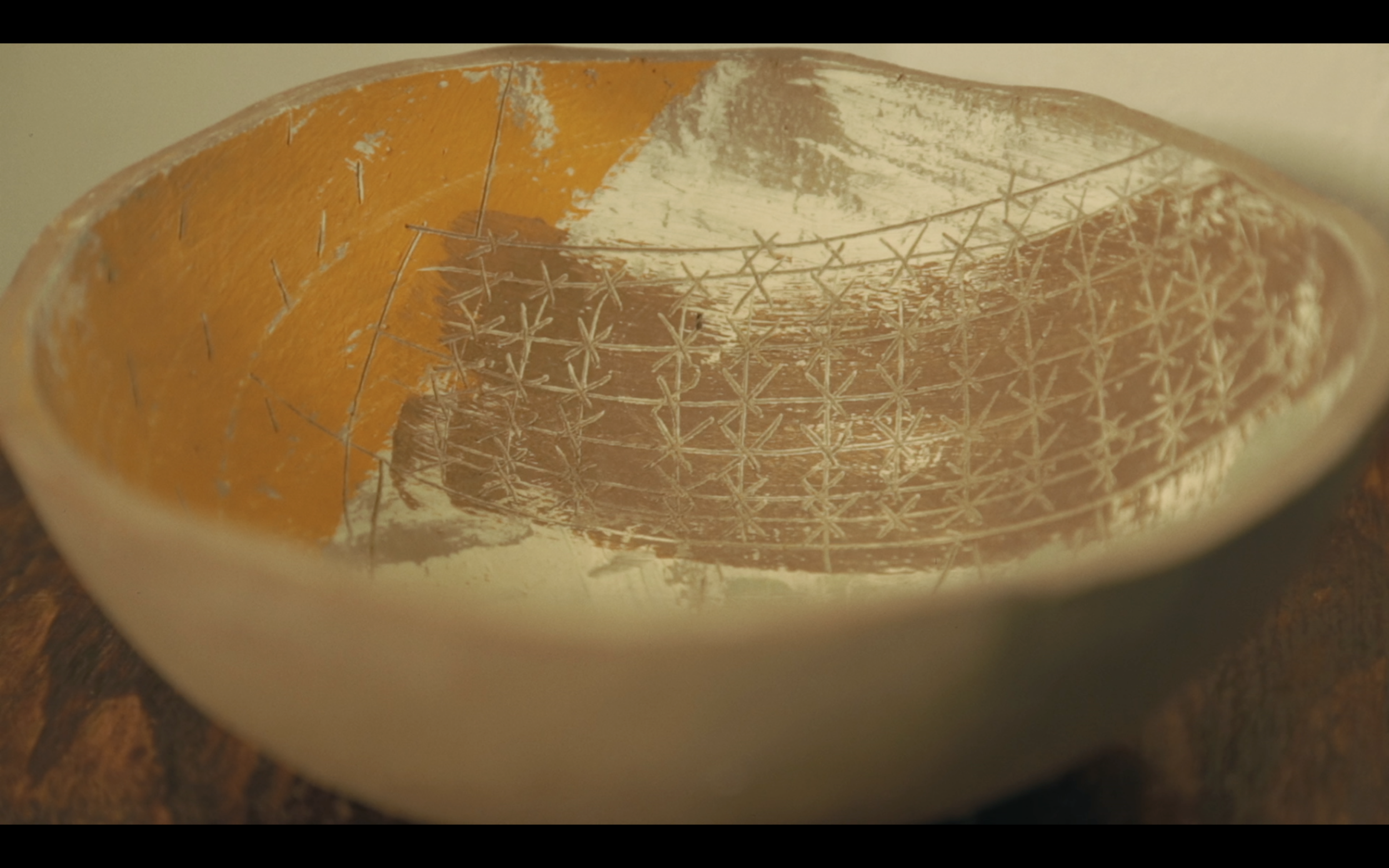

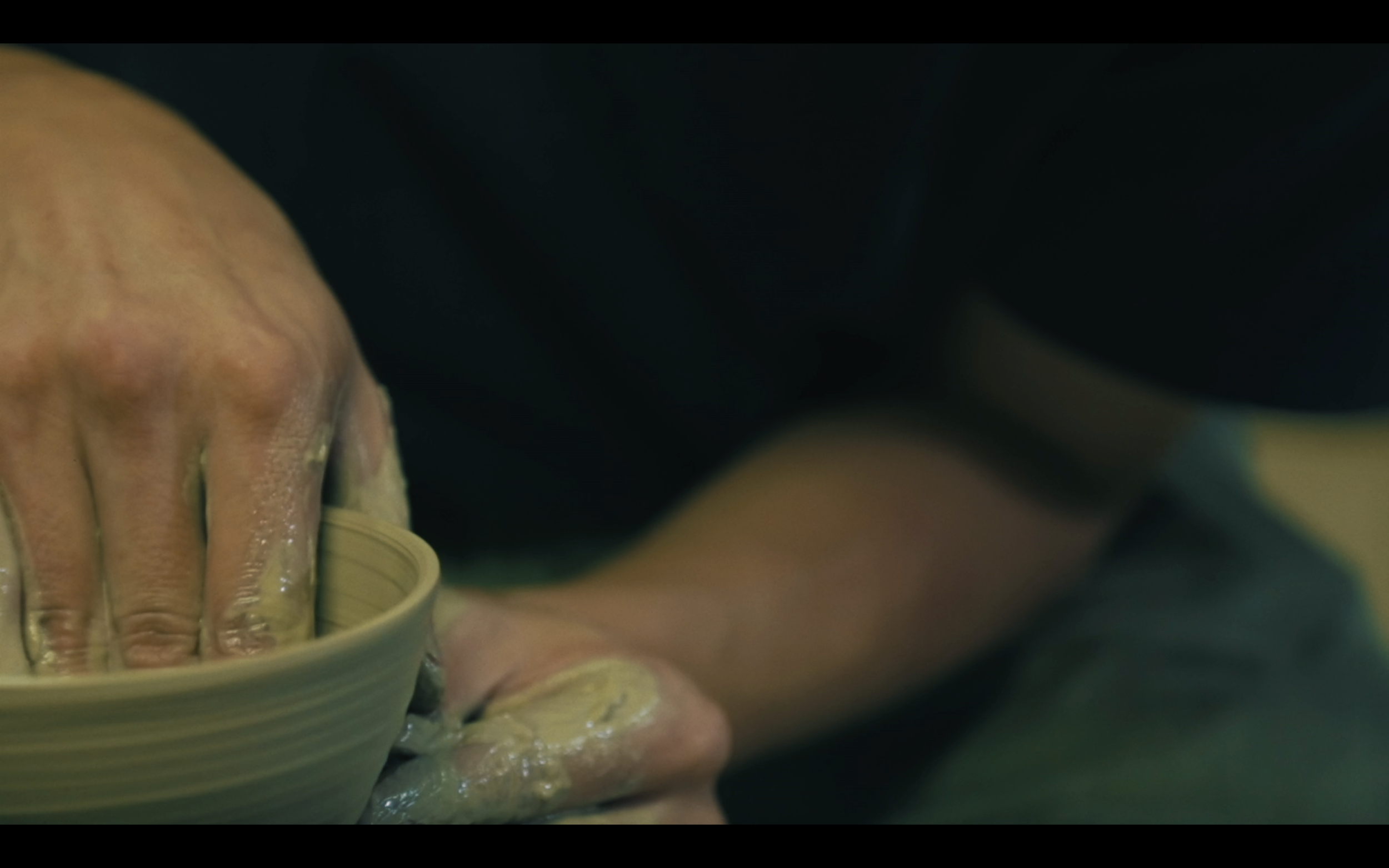

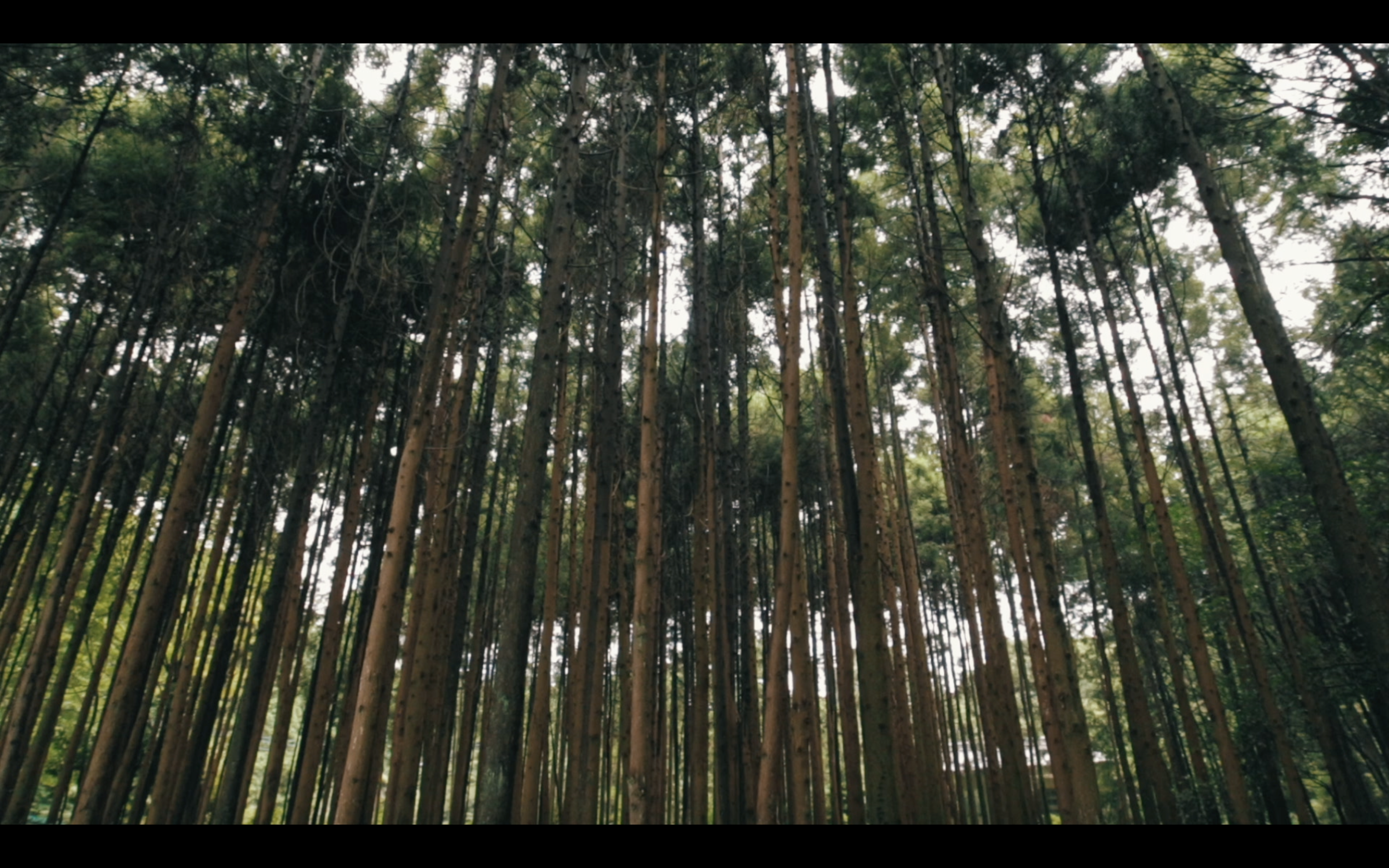
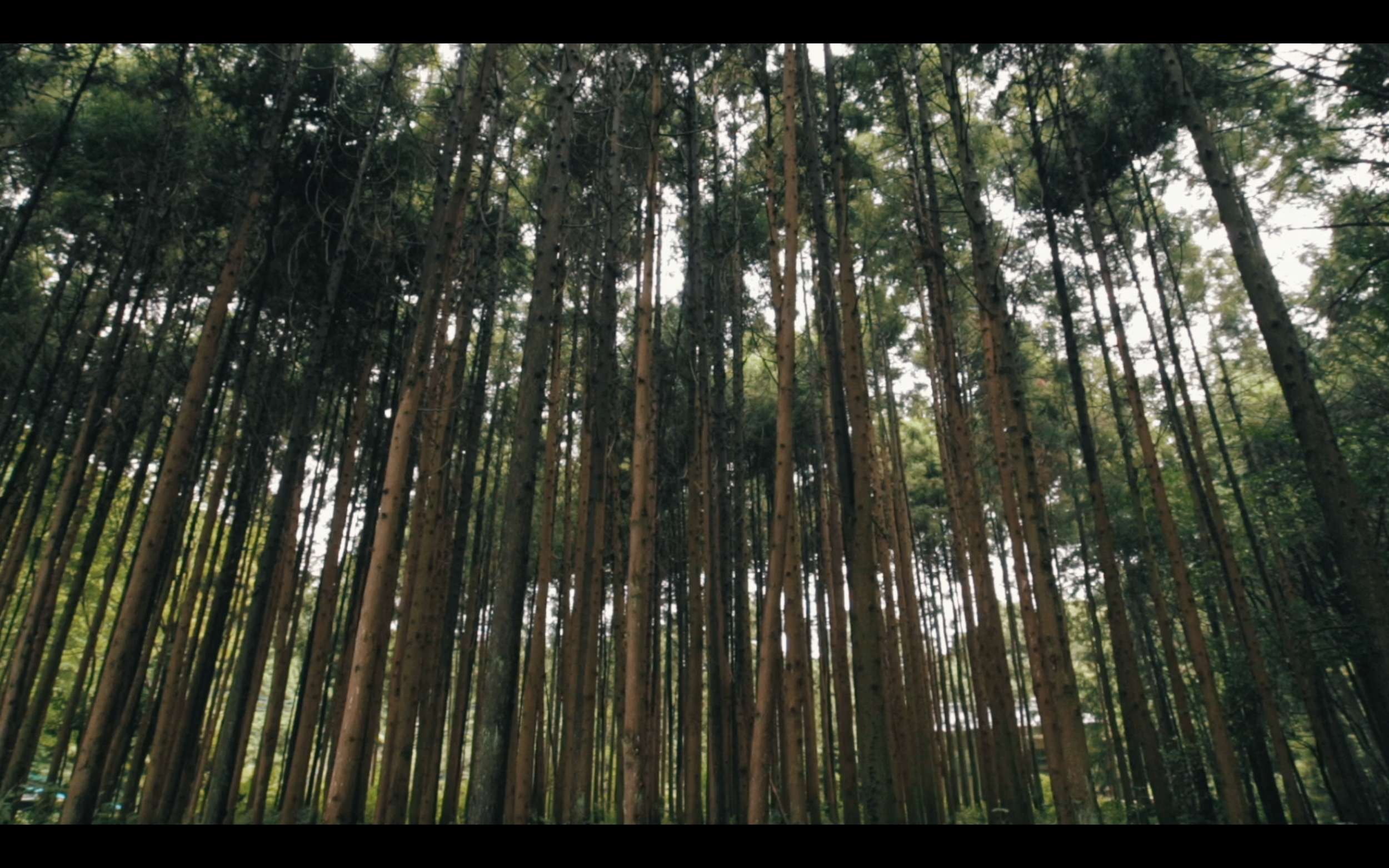
Original Soundtrack
This was a fun one to do. I knew I wanted it to feature strings and I ended up recording myself playing the violin, also adding Japanese instruments like the koto and the shamisen. Unlike A Portrait of Sun Wah Kee, this time there was a greater emphasis on the natural ambience of the locations, for example the humming of the potter's wheel or the choir of cecadas in the forests. I learnt to play to the strengths of these beautiful natural sounds and tried to blend the music subtly to strengthen the narrative.
Wells Blog
Duis mollis, est non commodo luctus, nisi erat porttitor ligula, eget lacinia odio sem nec elit. Maecenas faucibus mollis interdum. Nulla vitae elit libero, a pharetra augue.



























